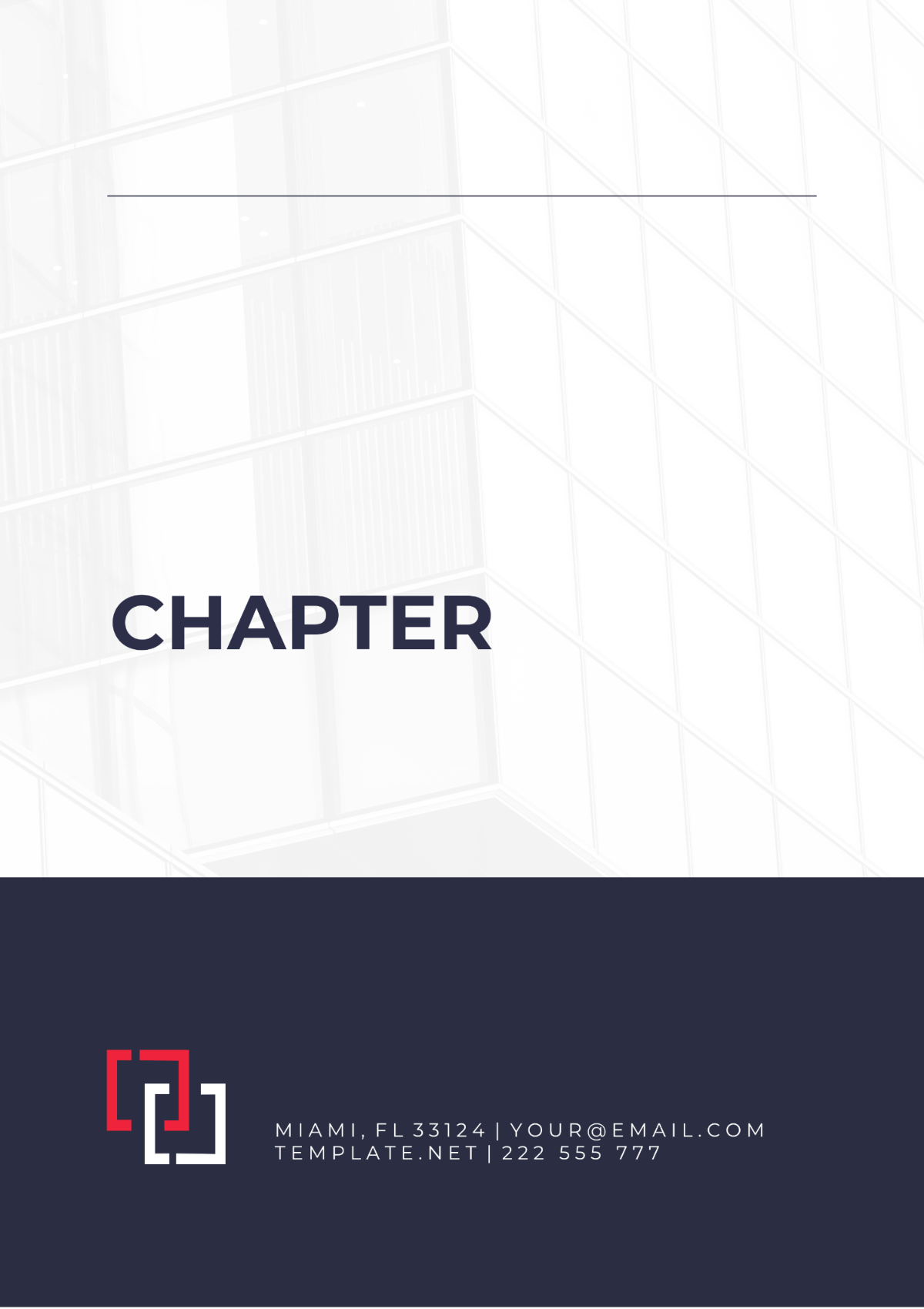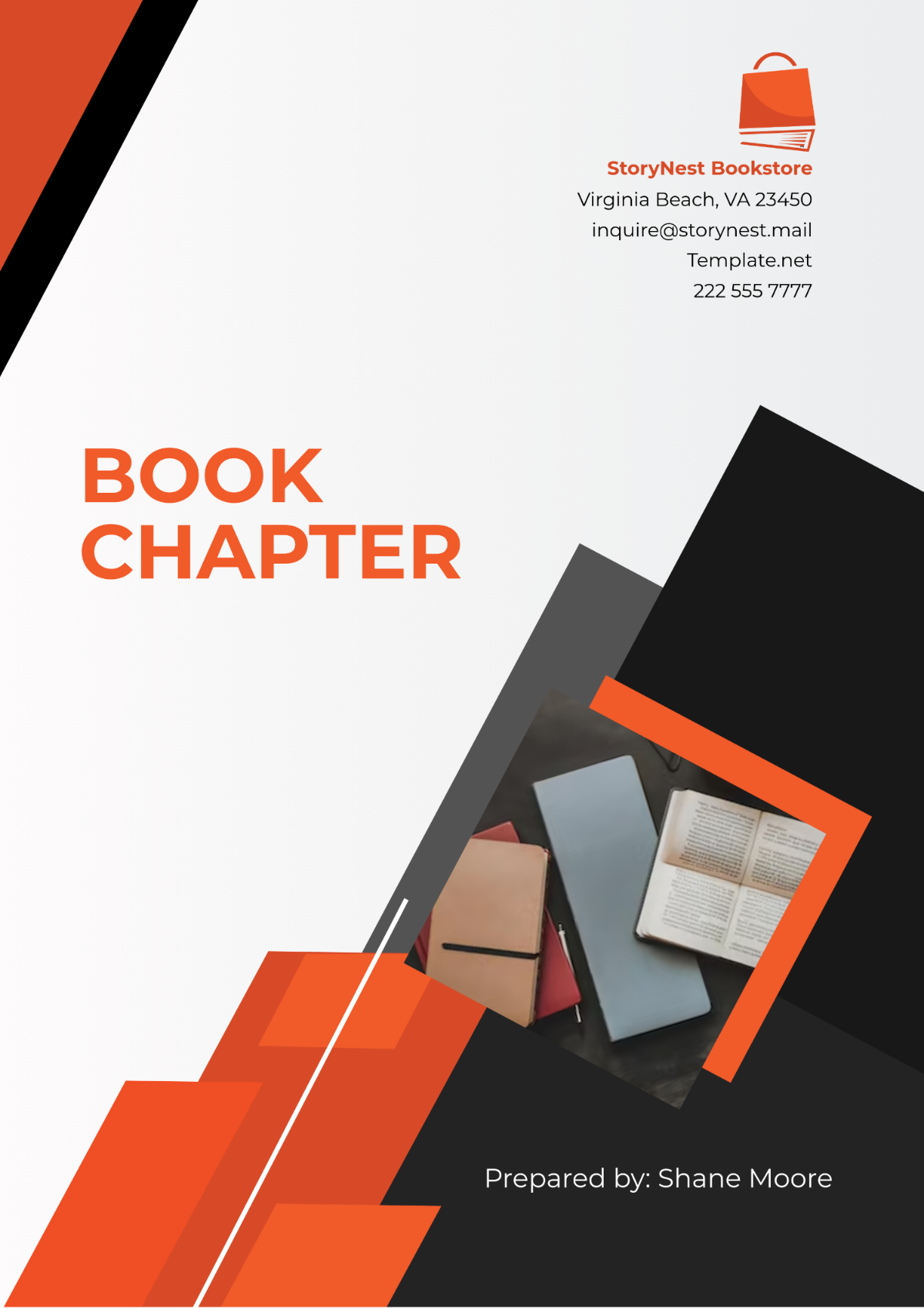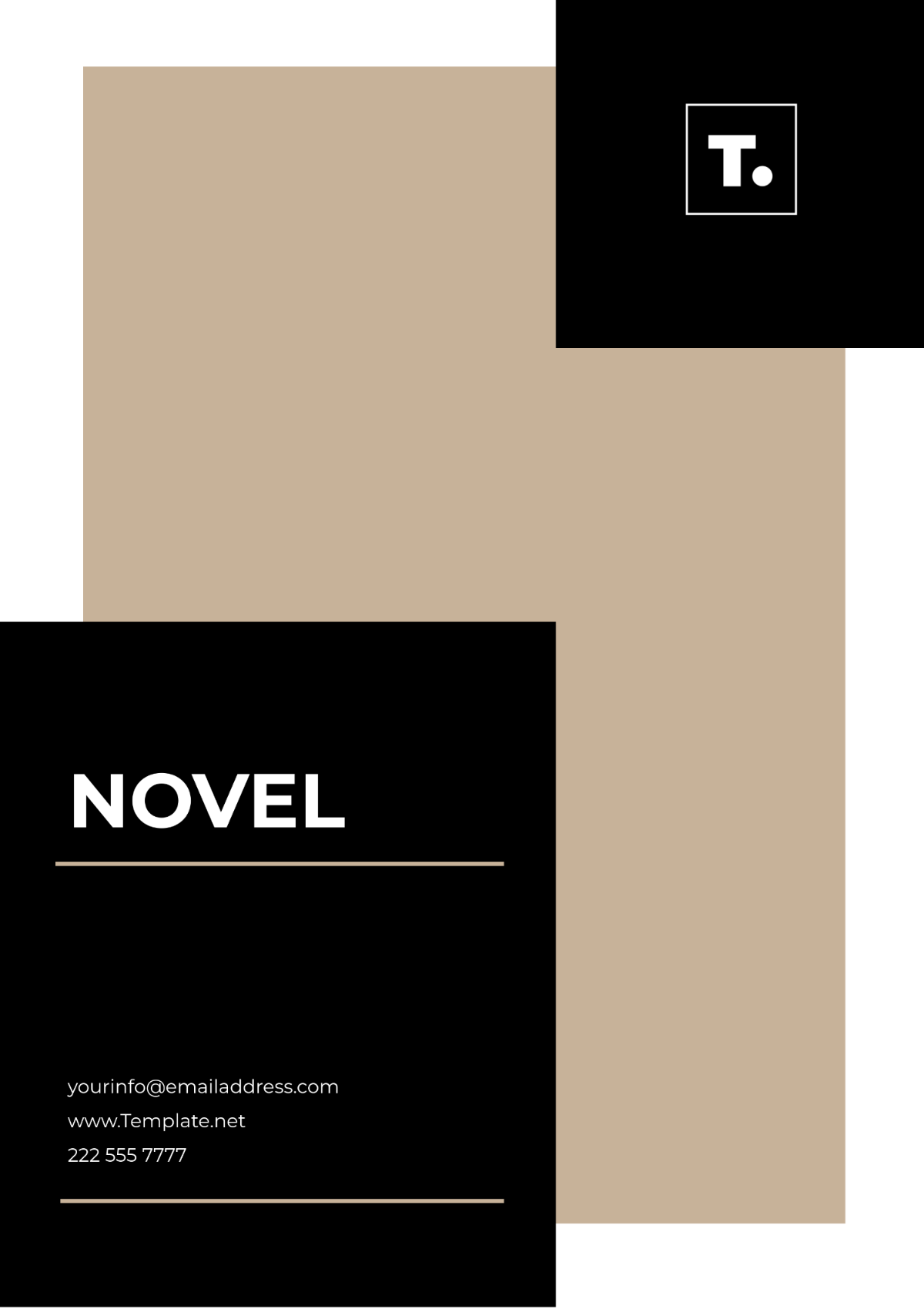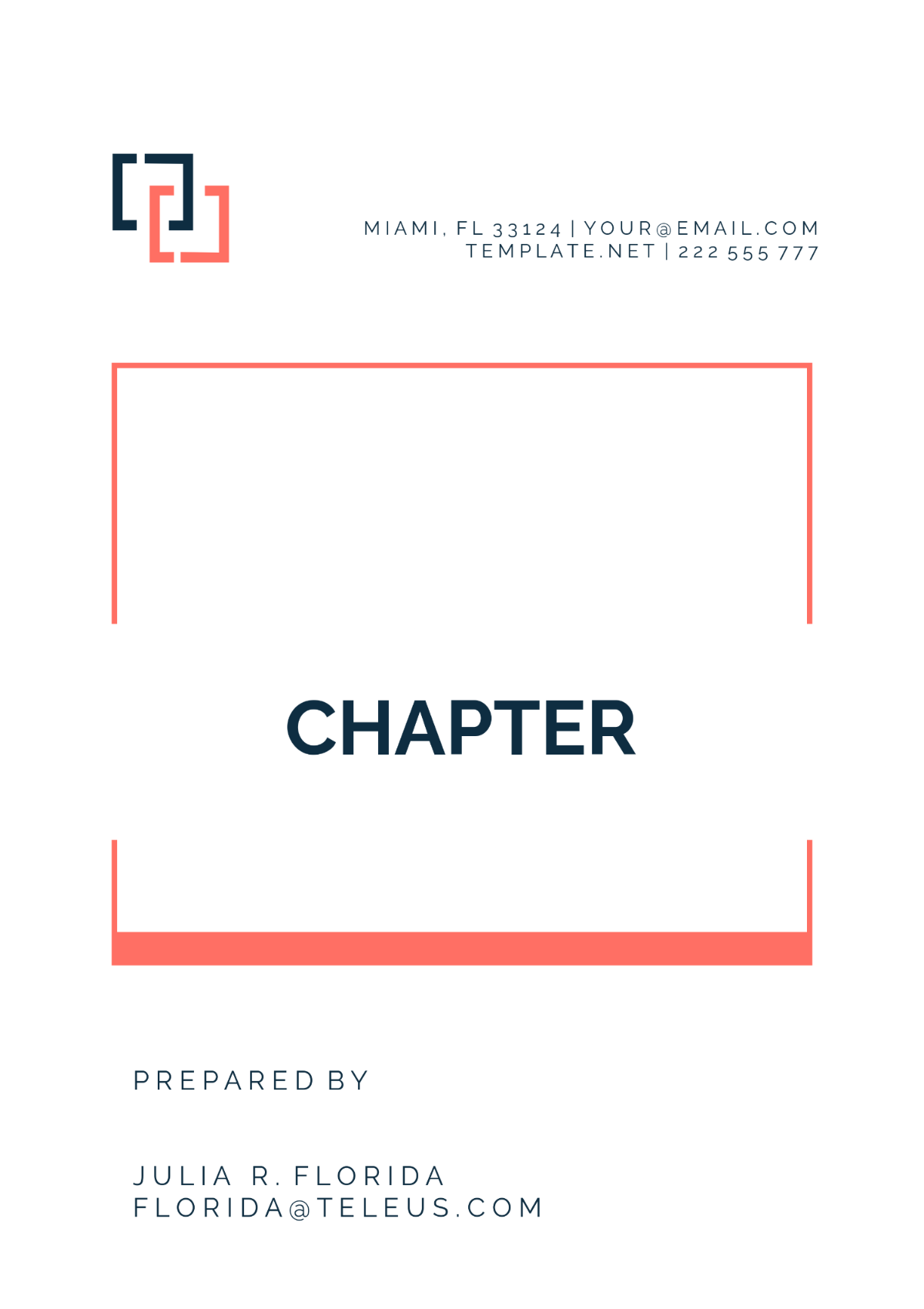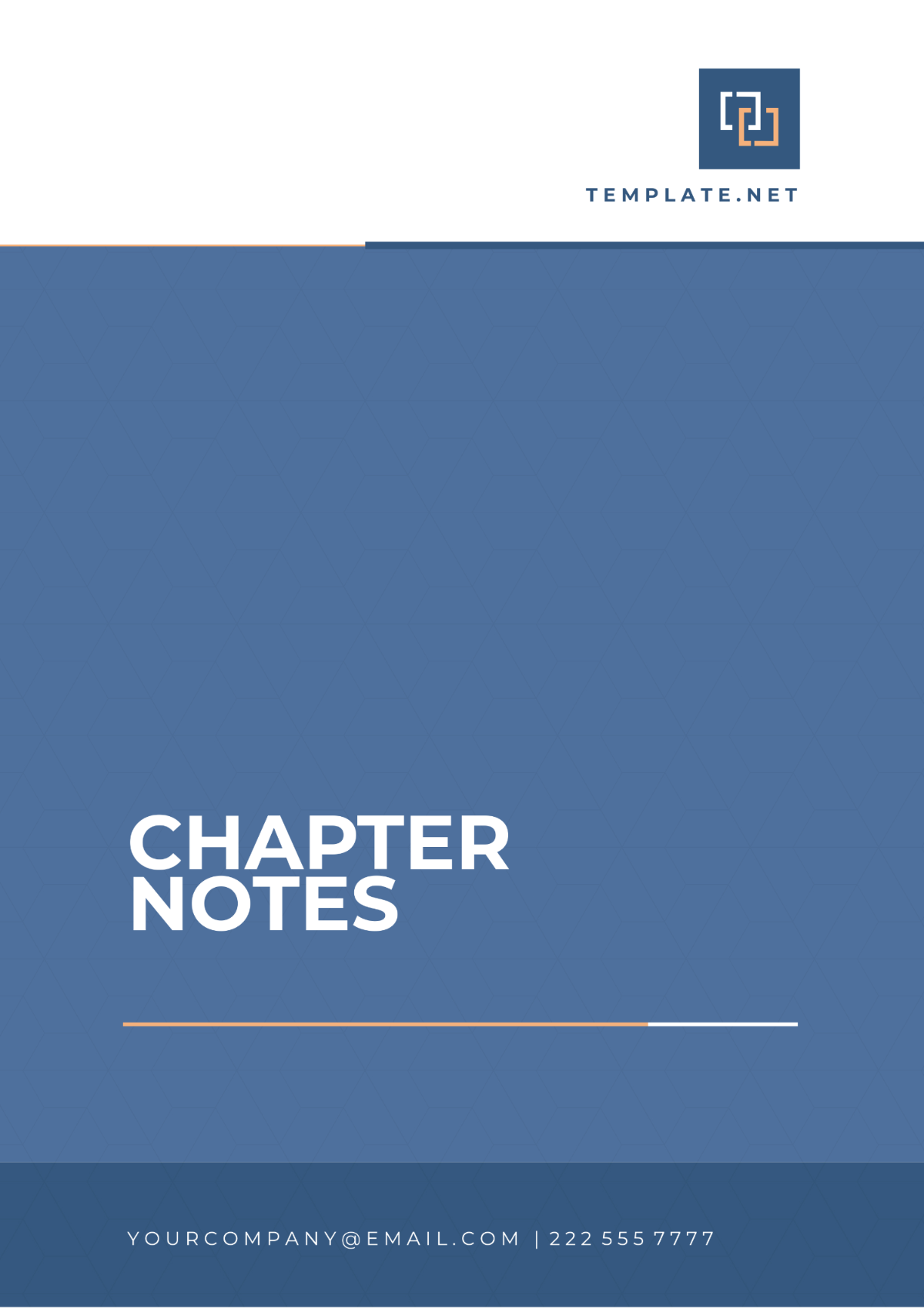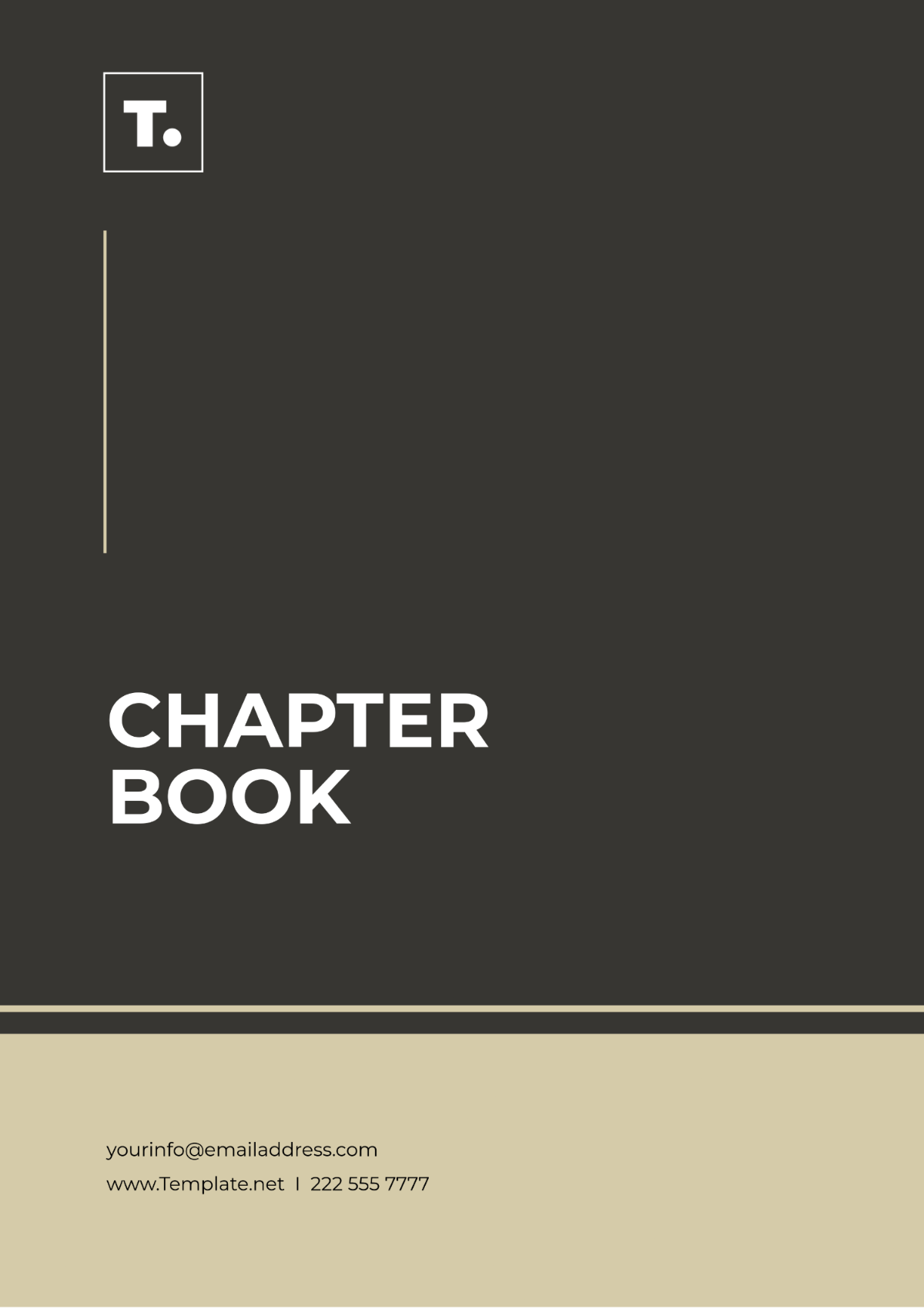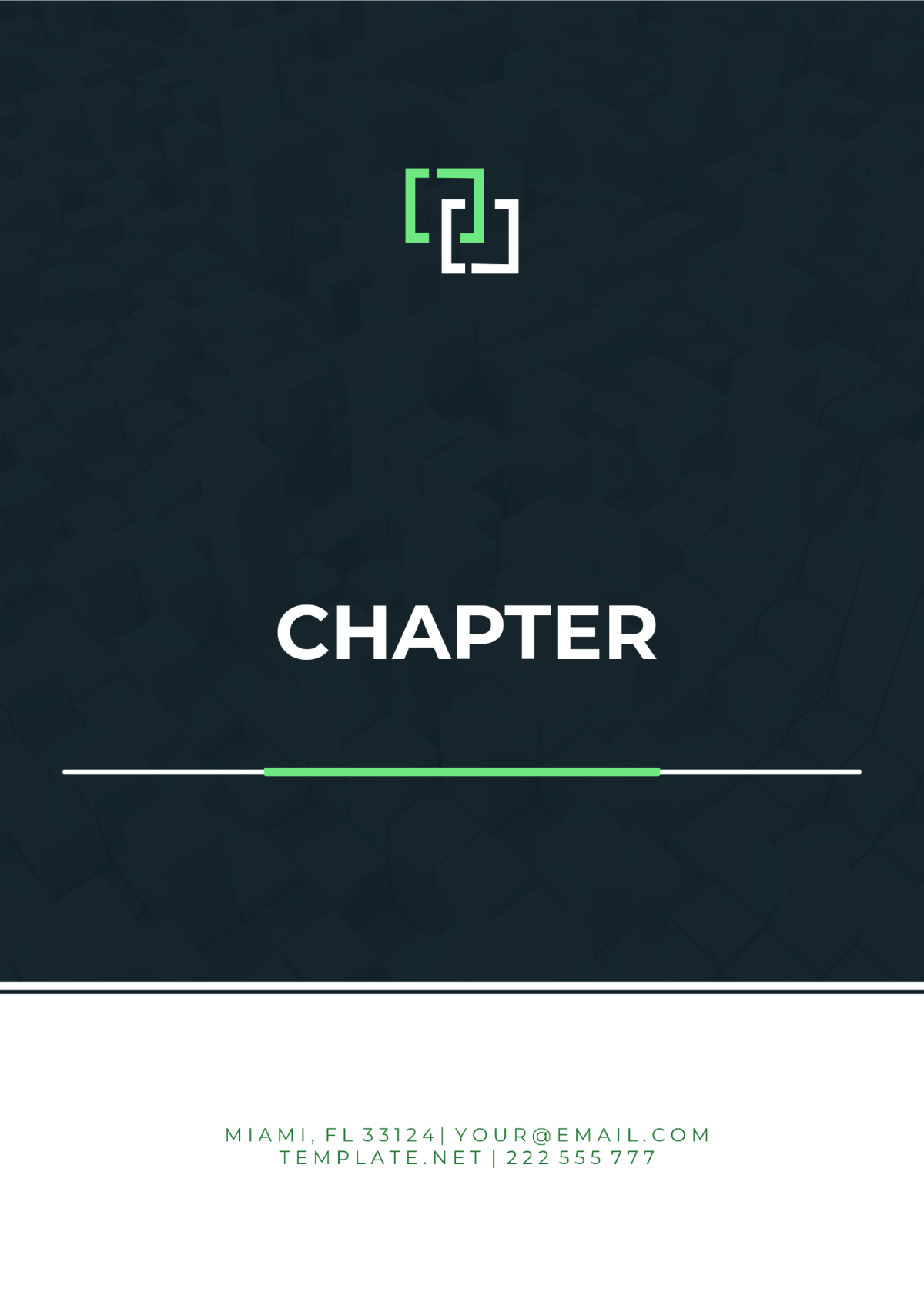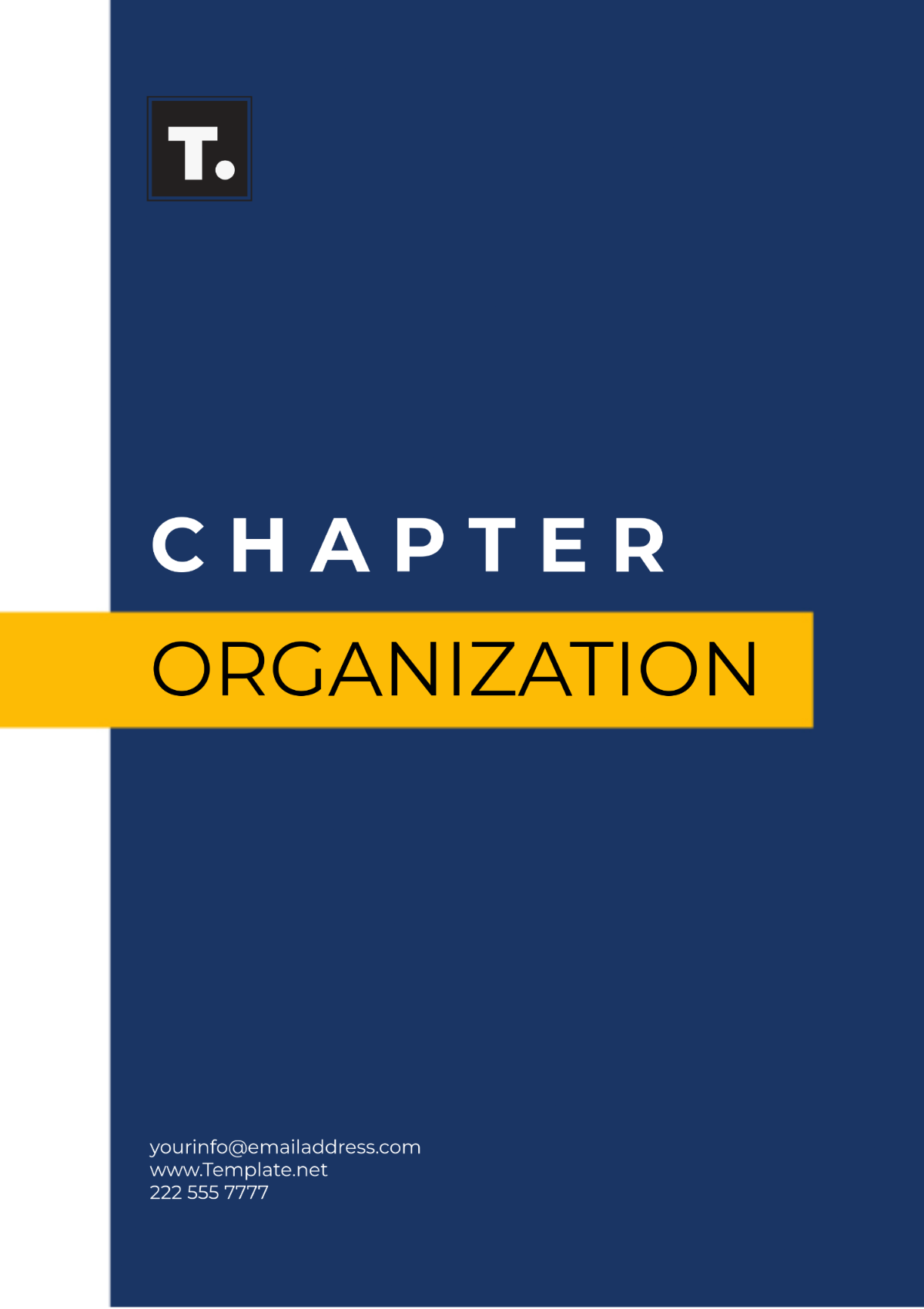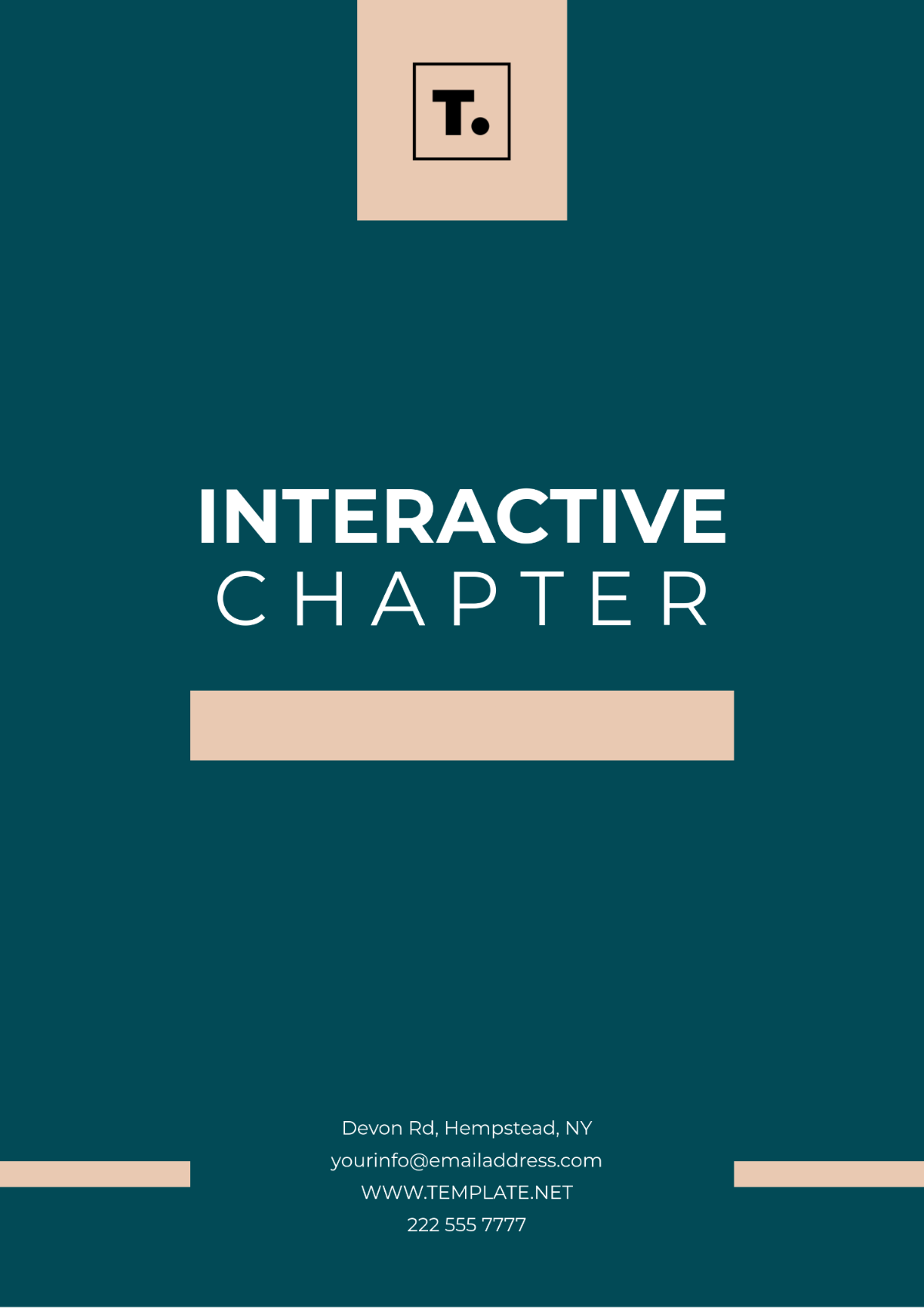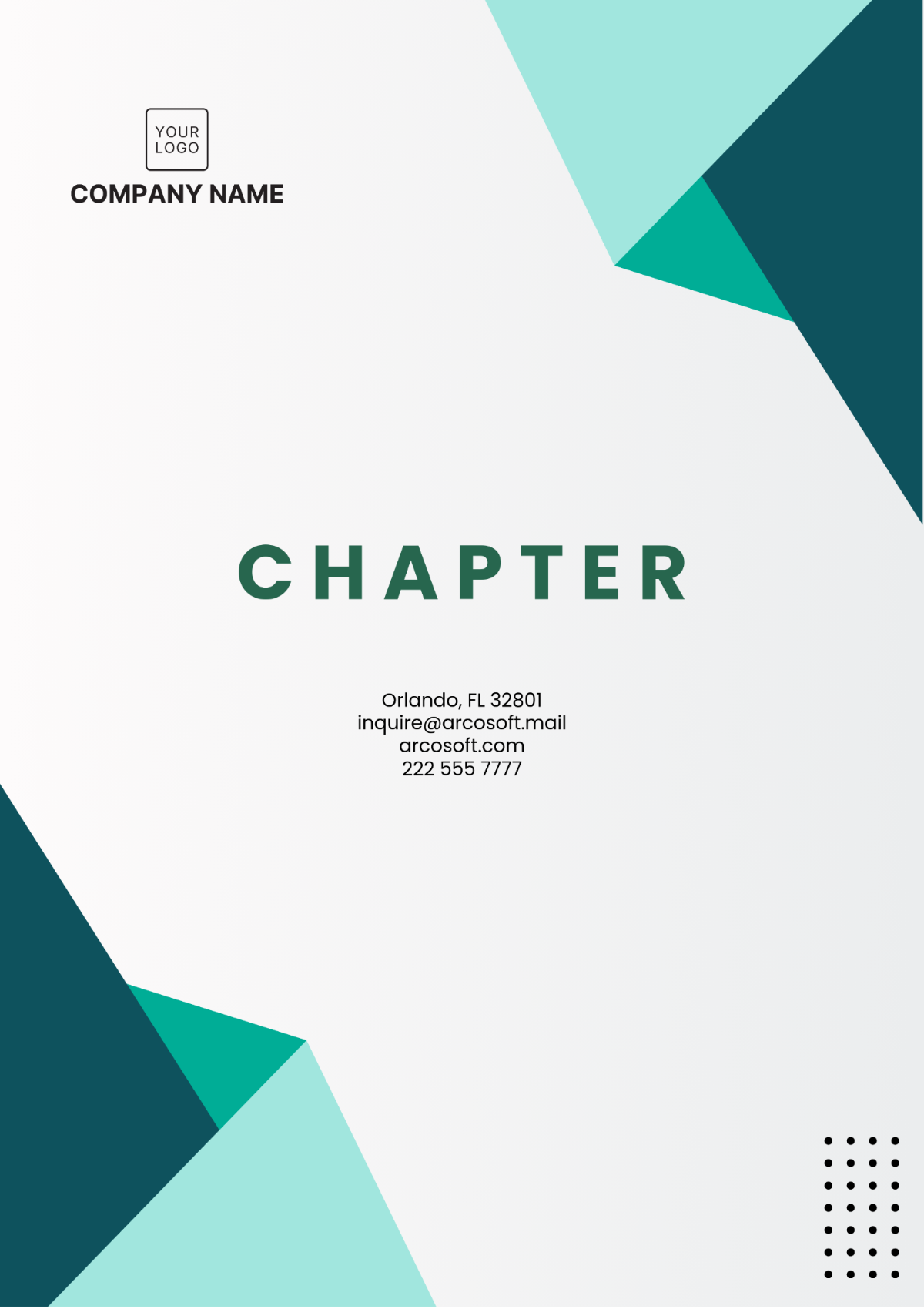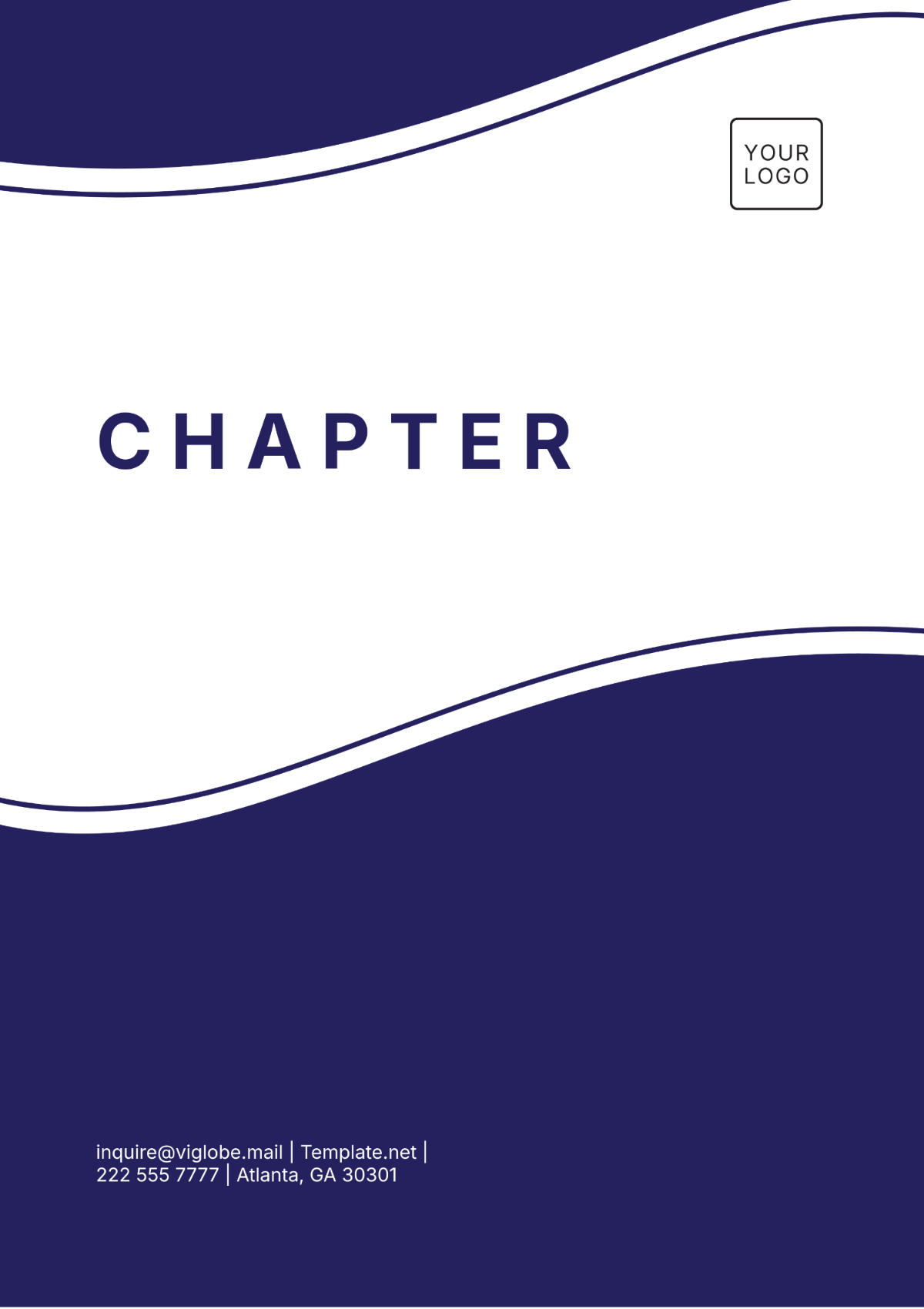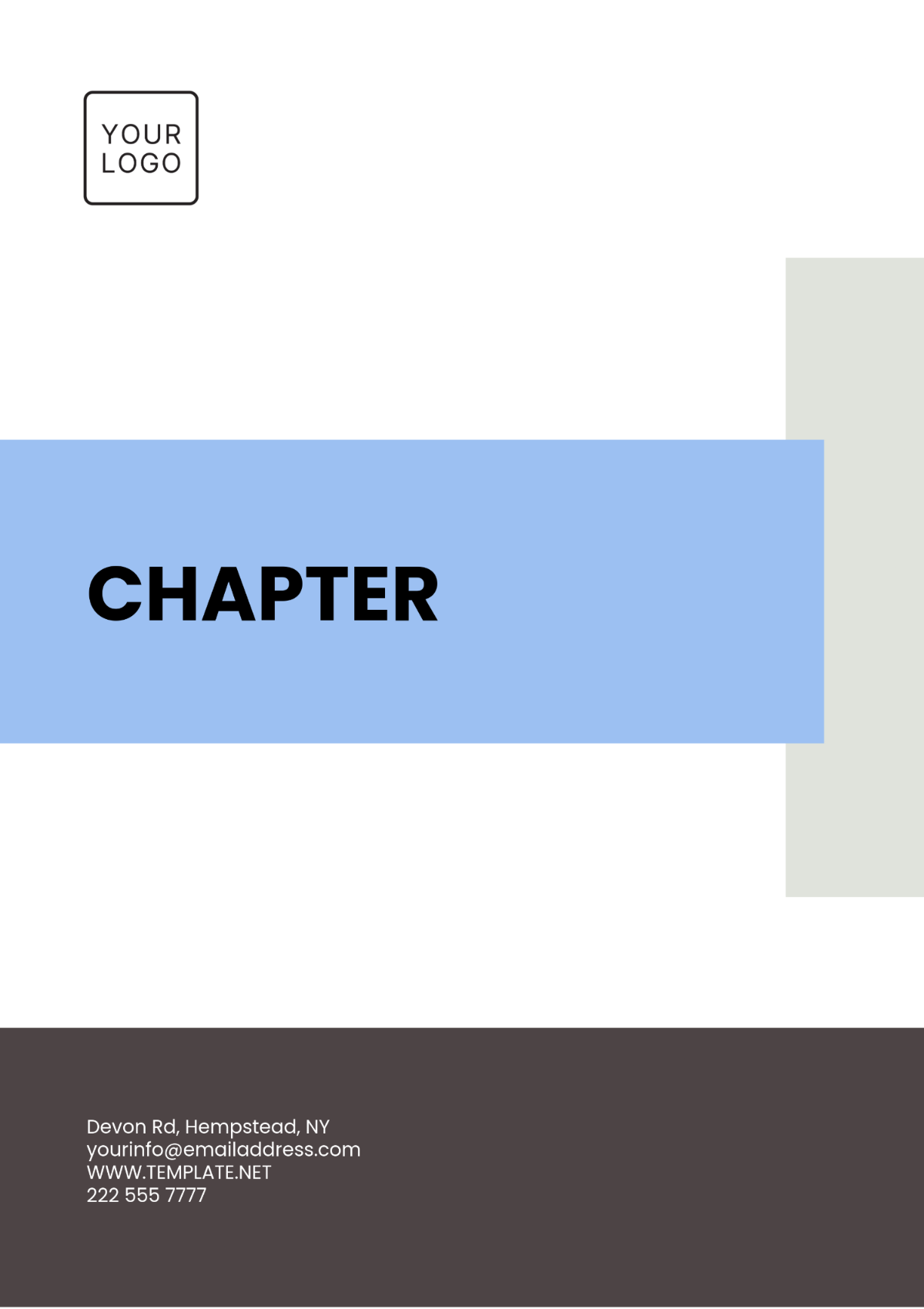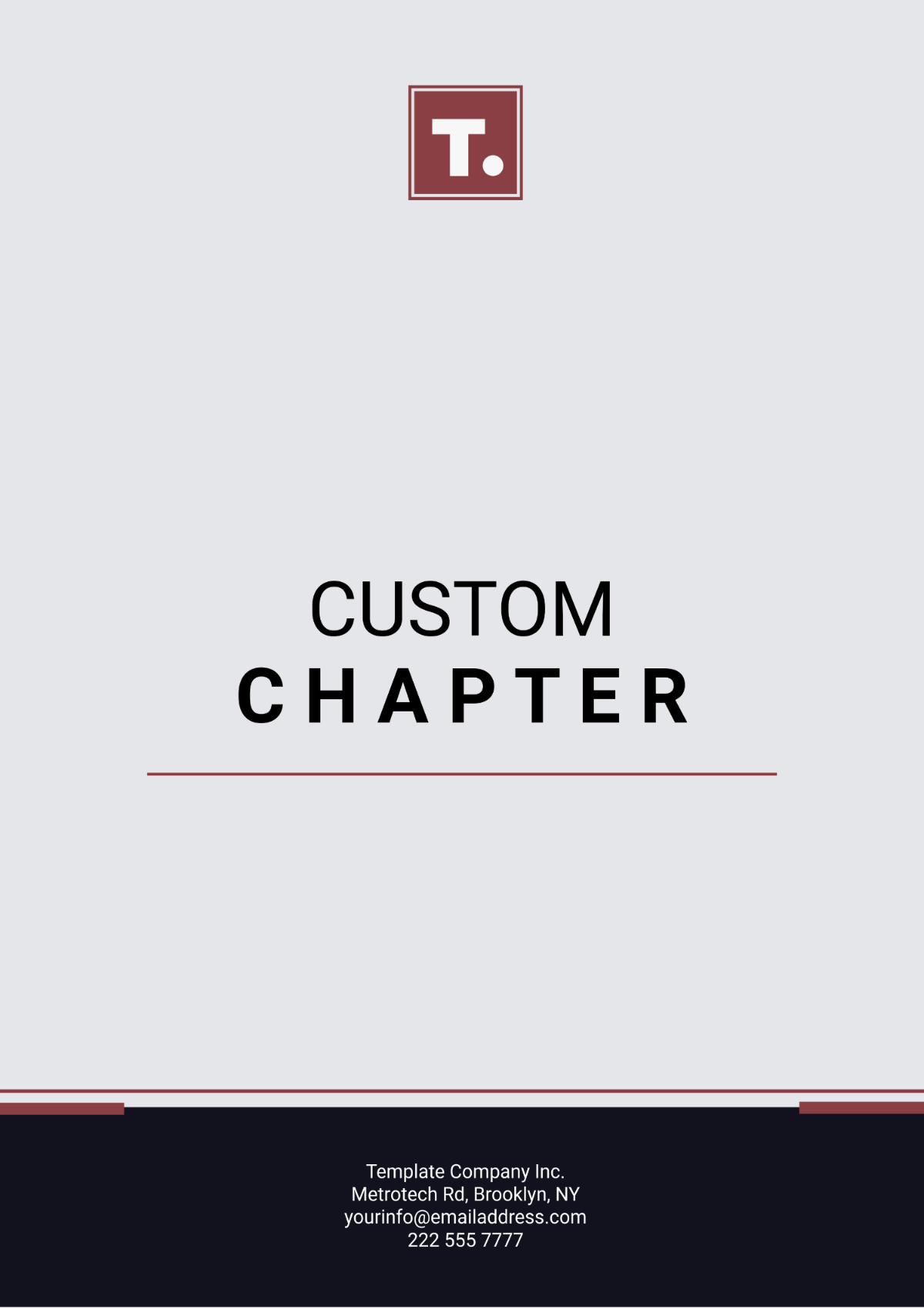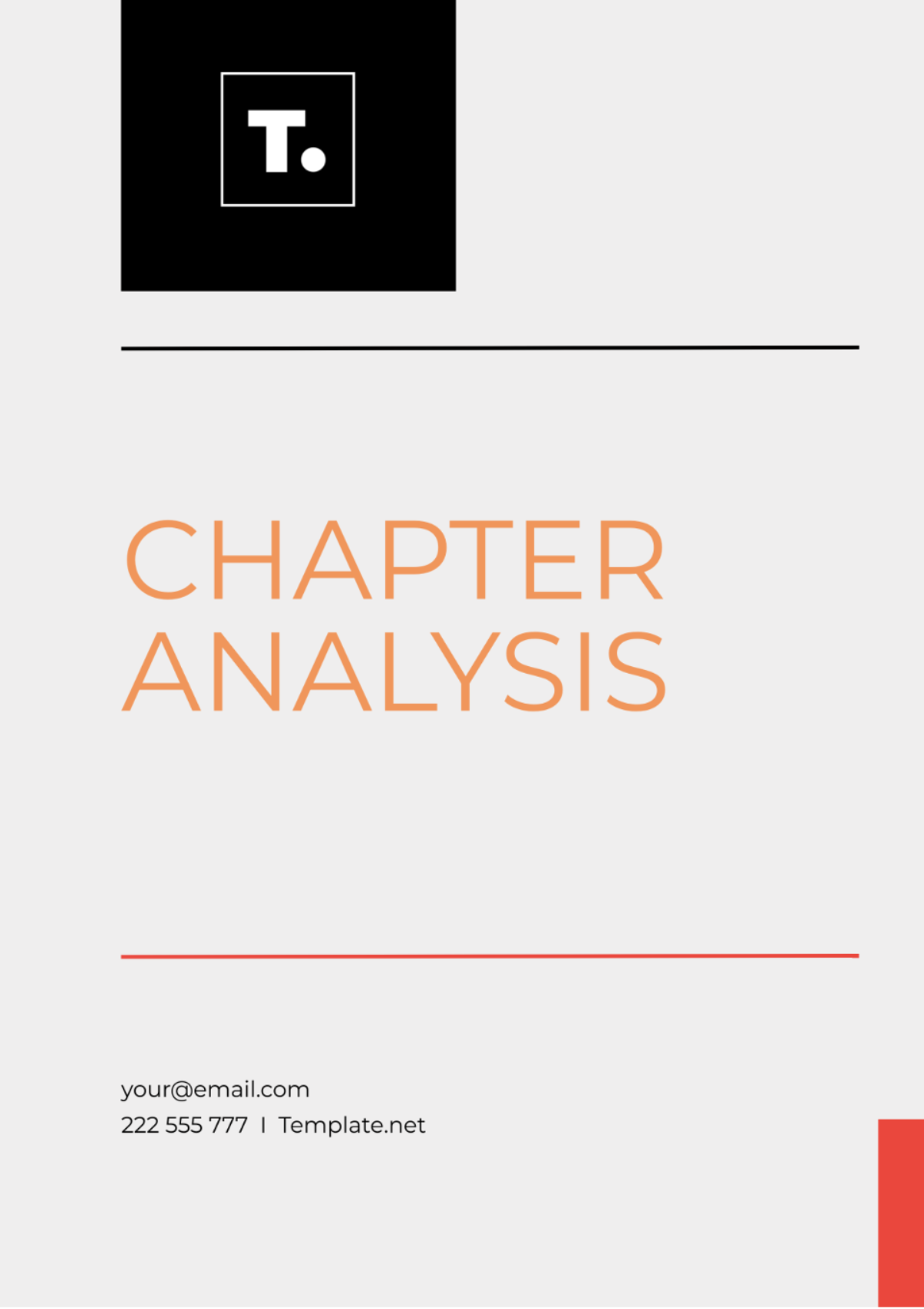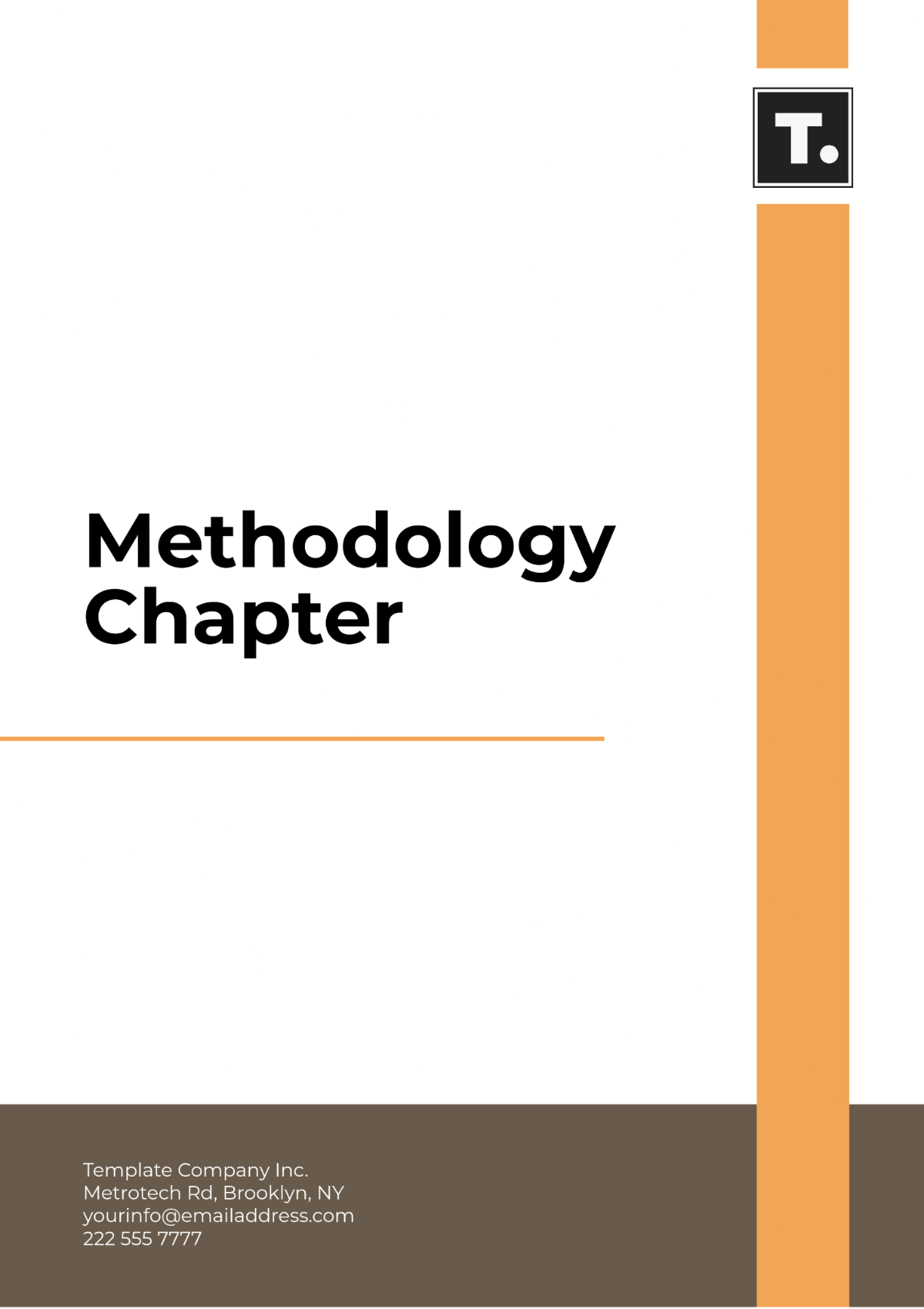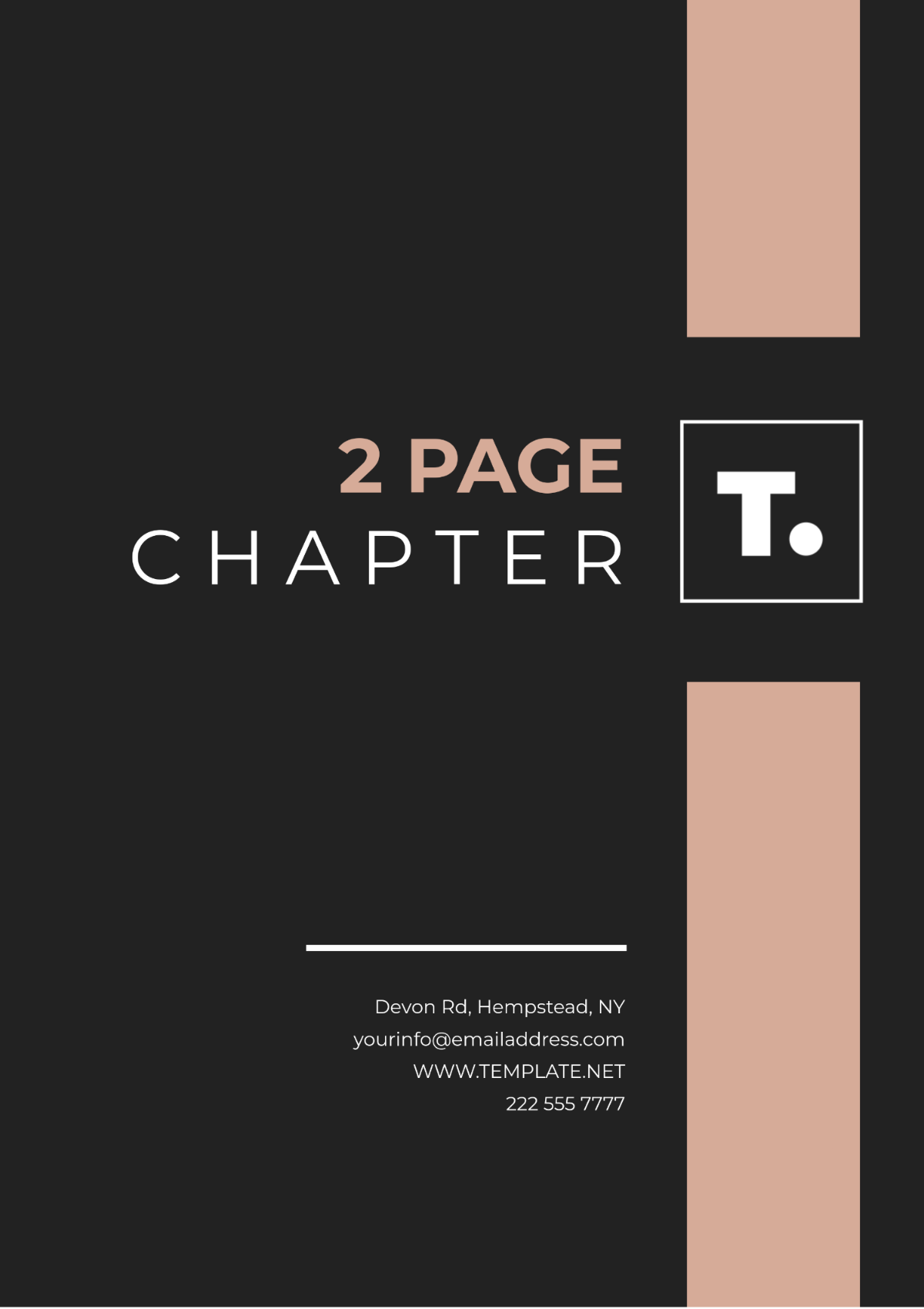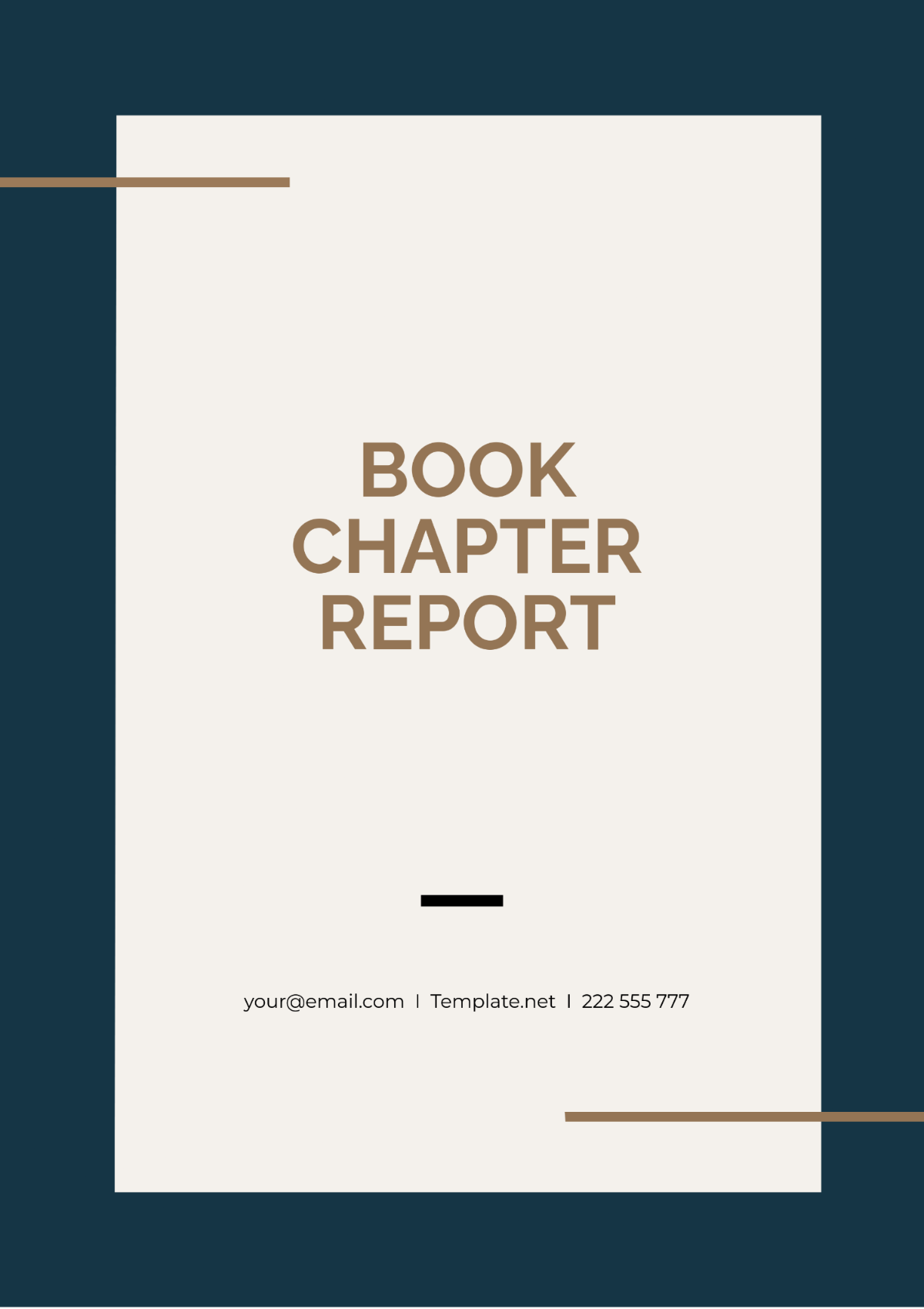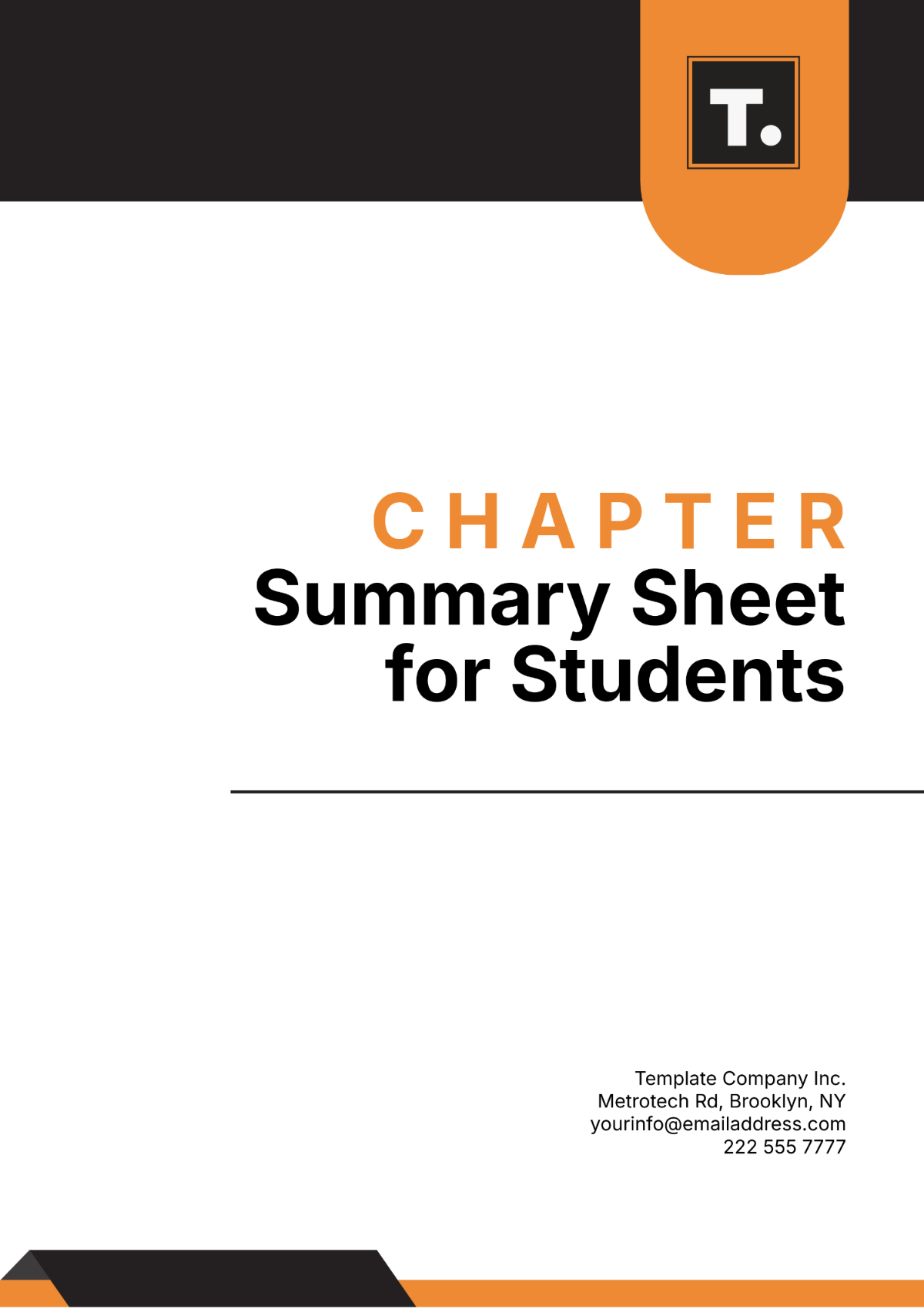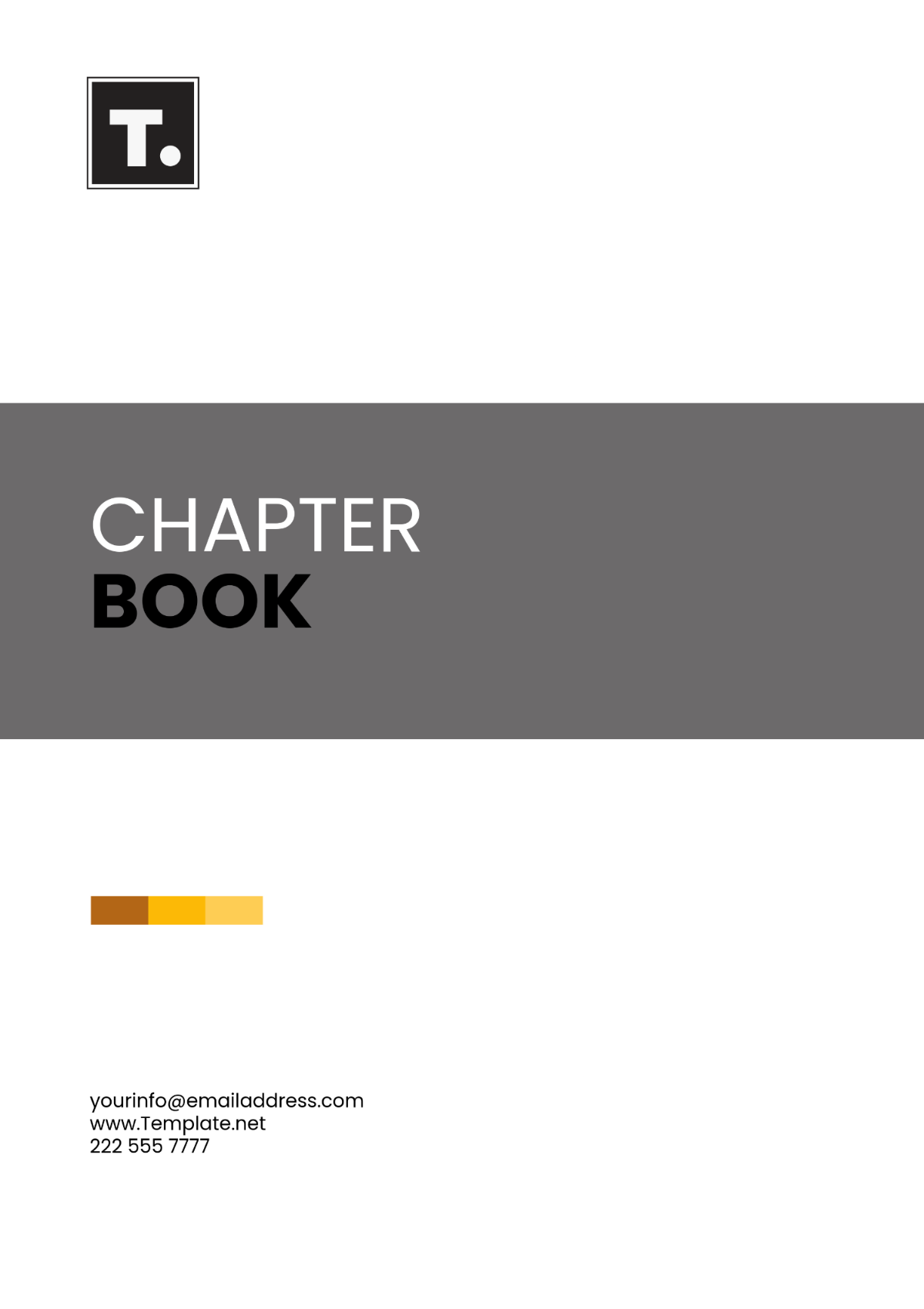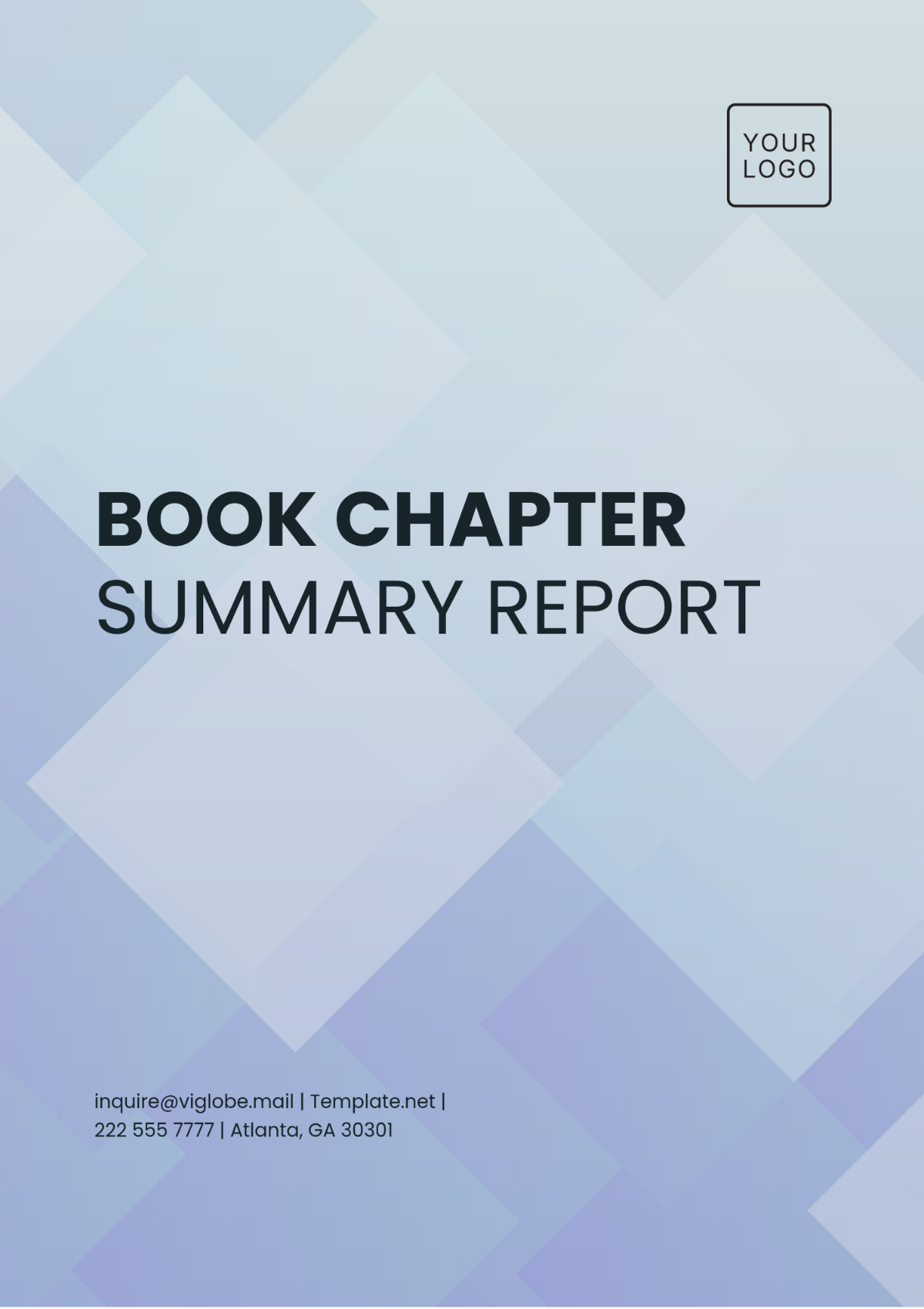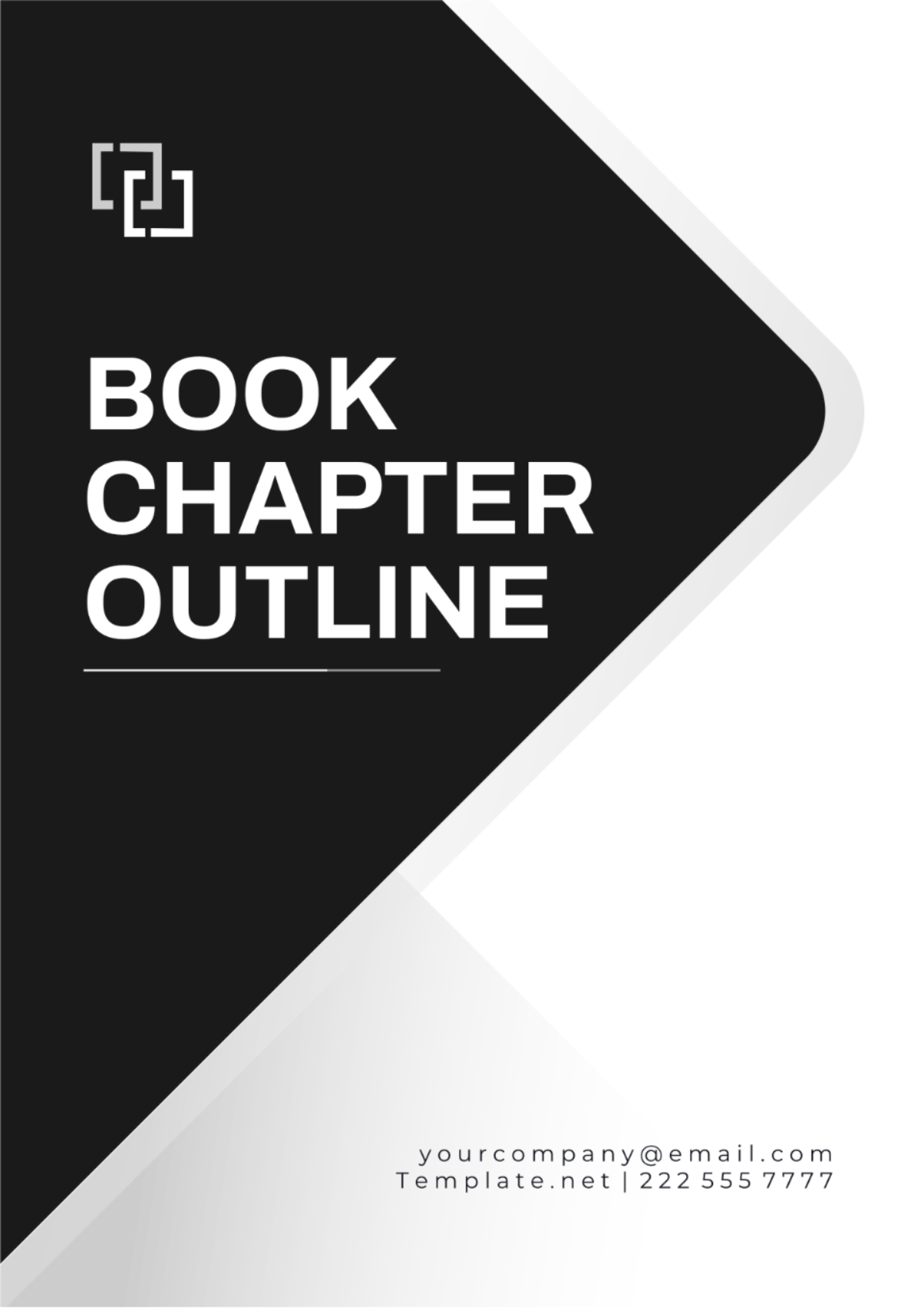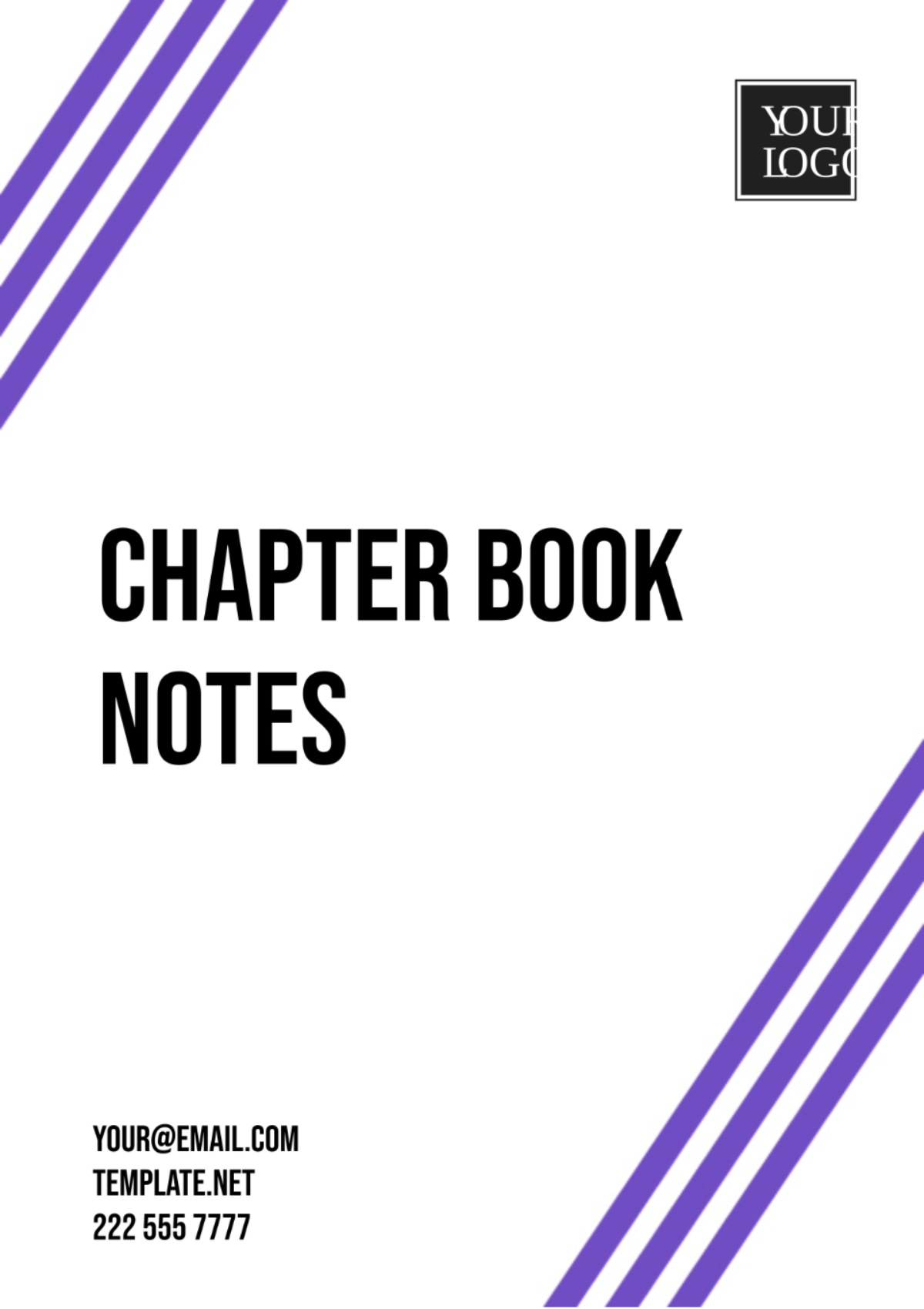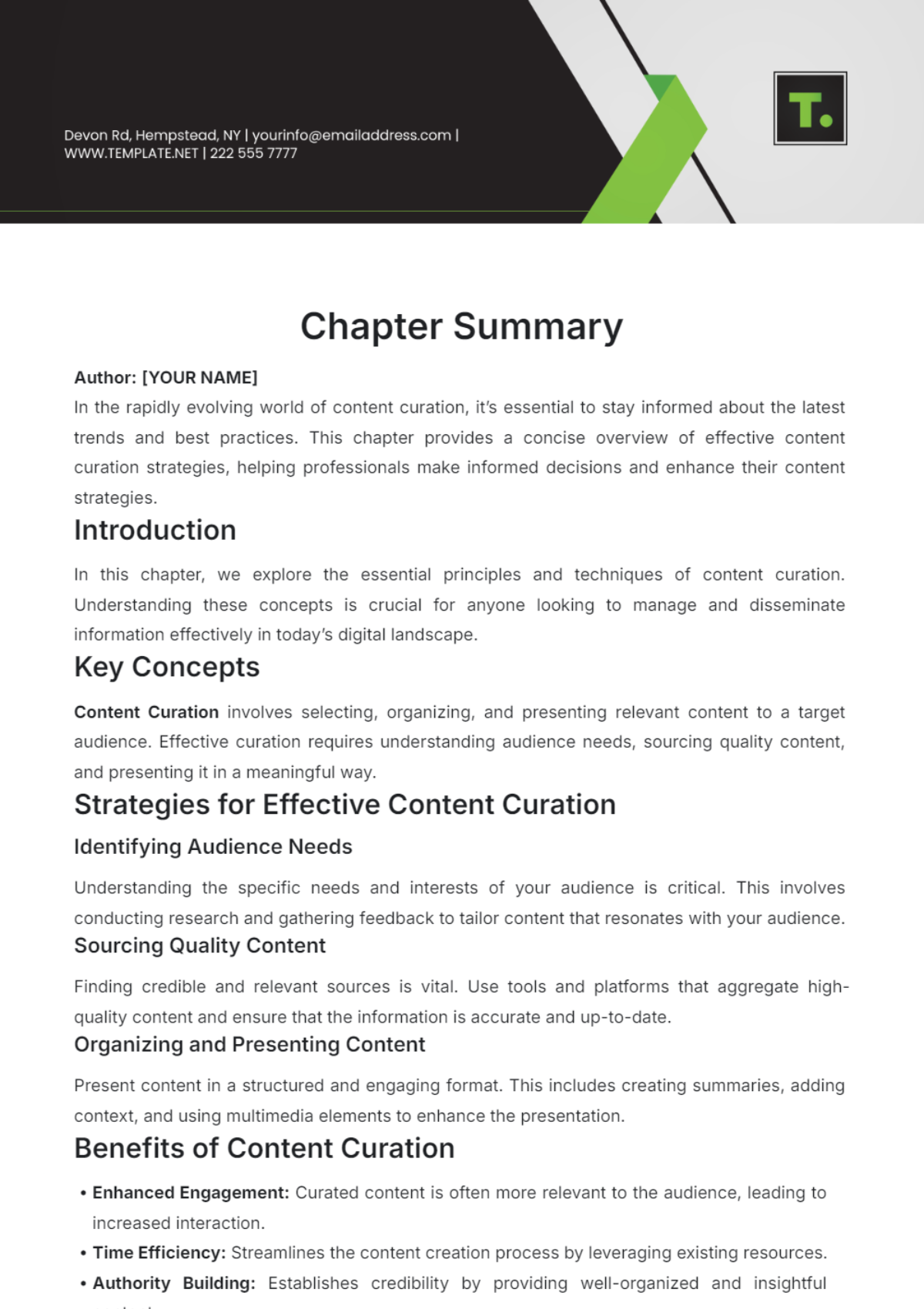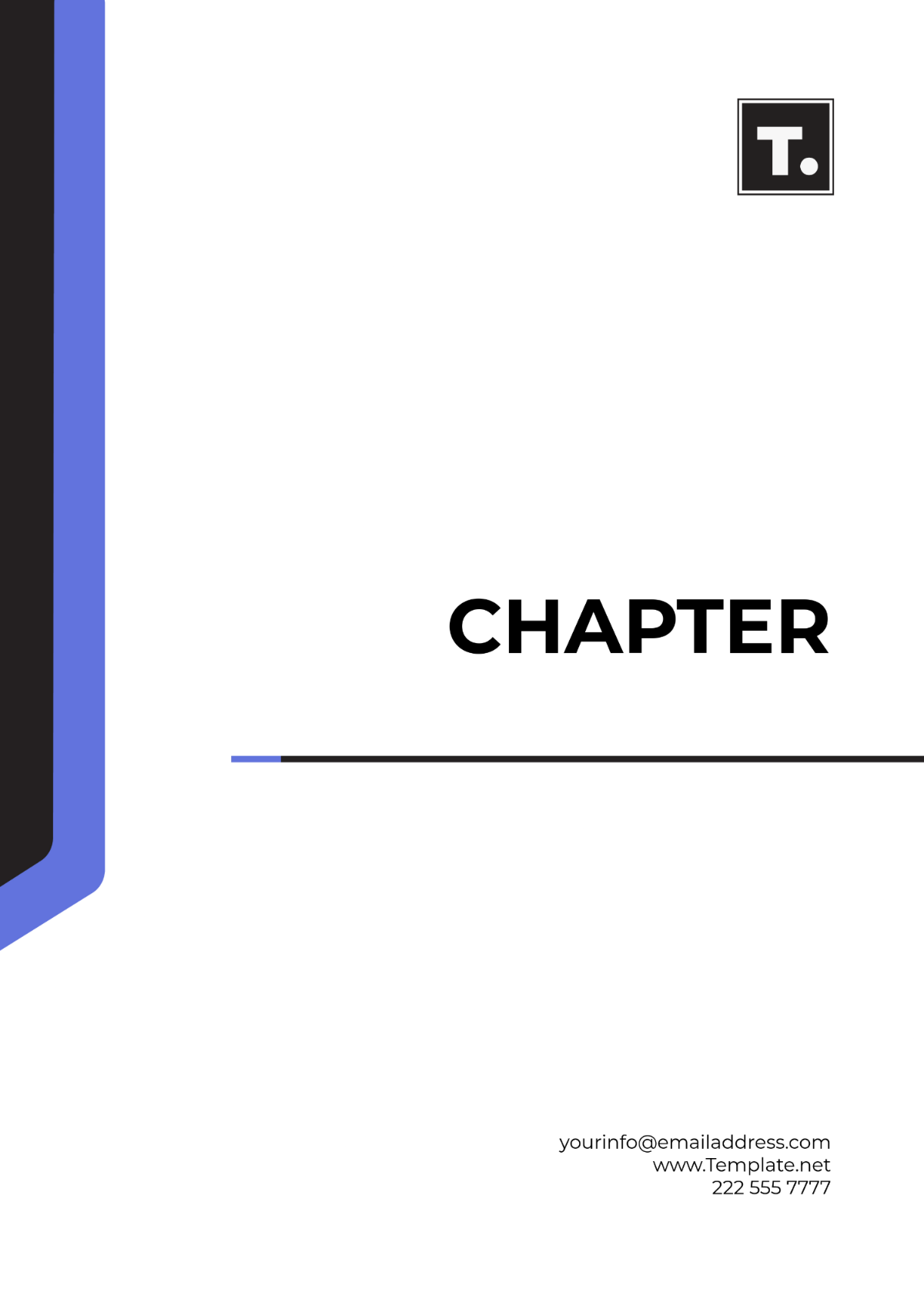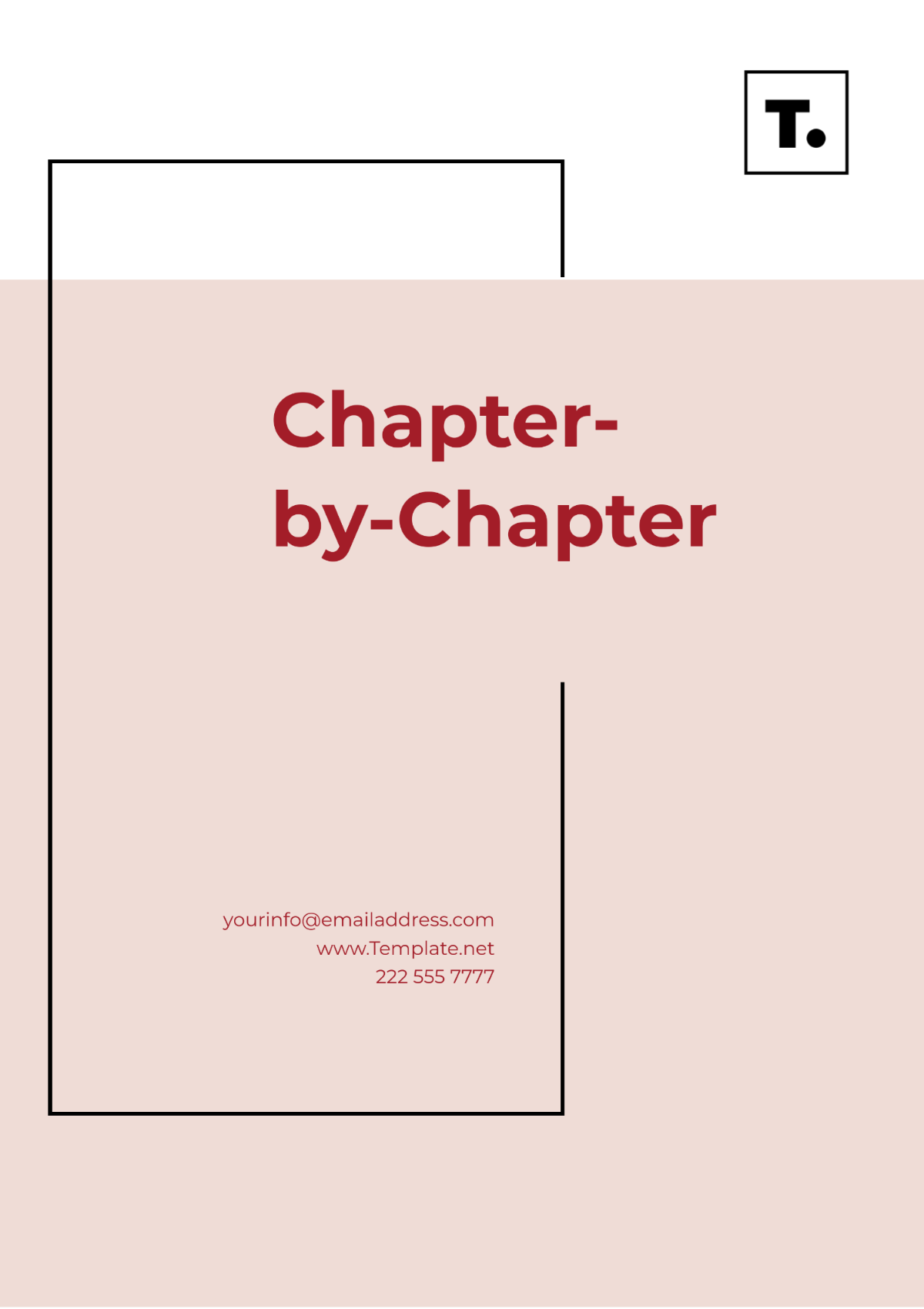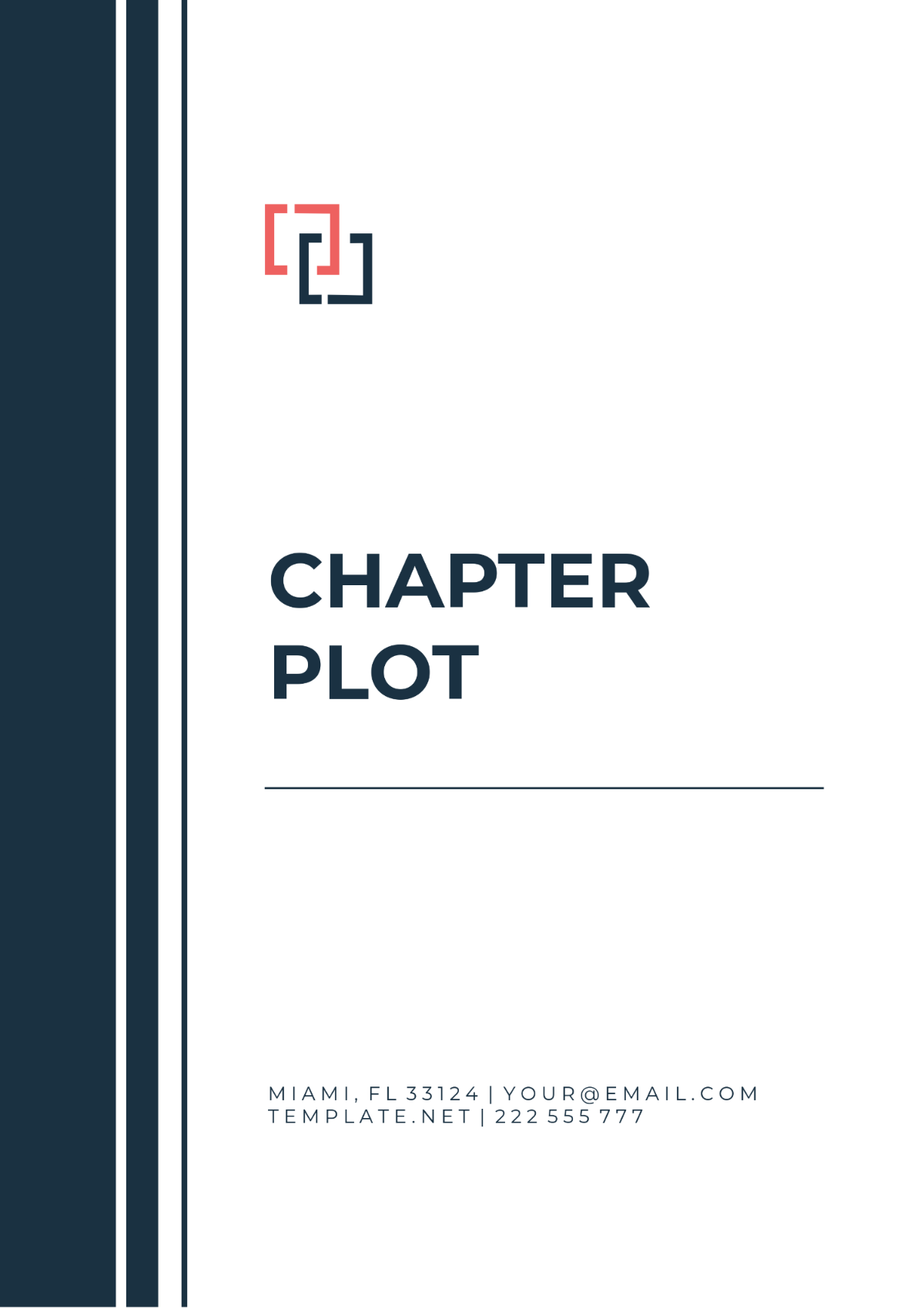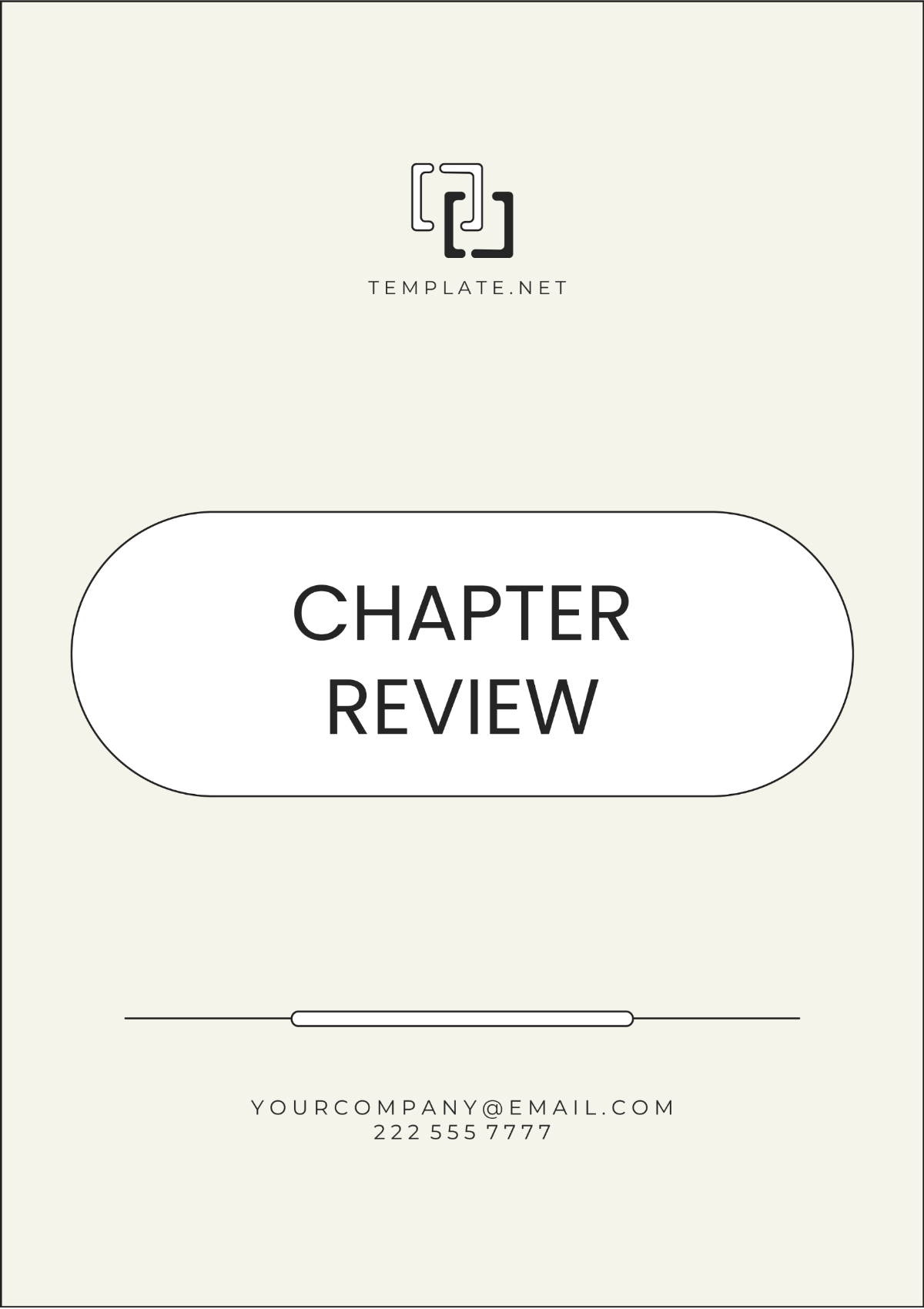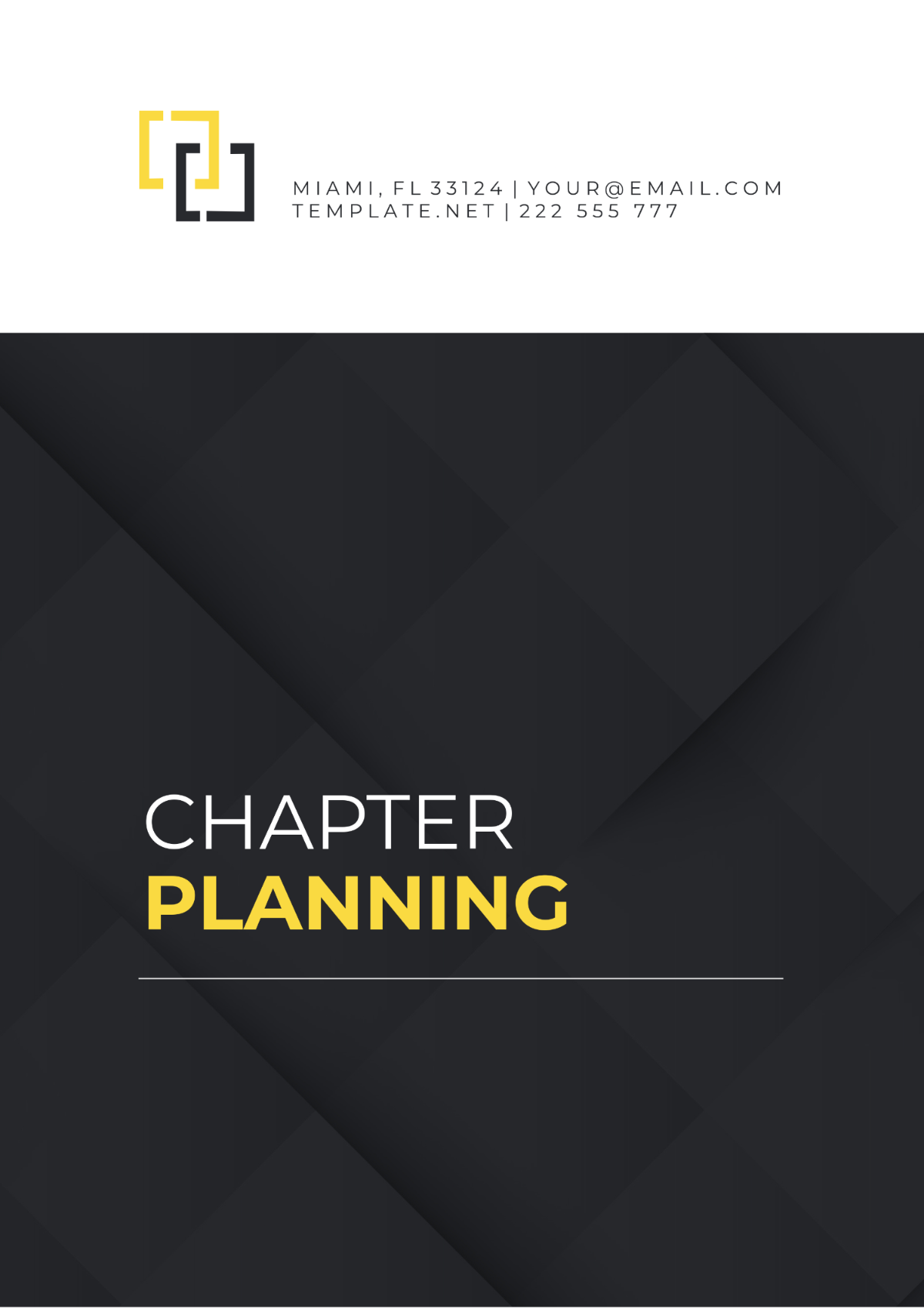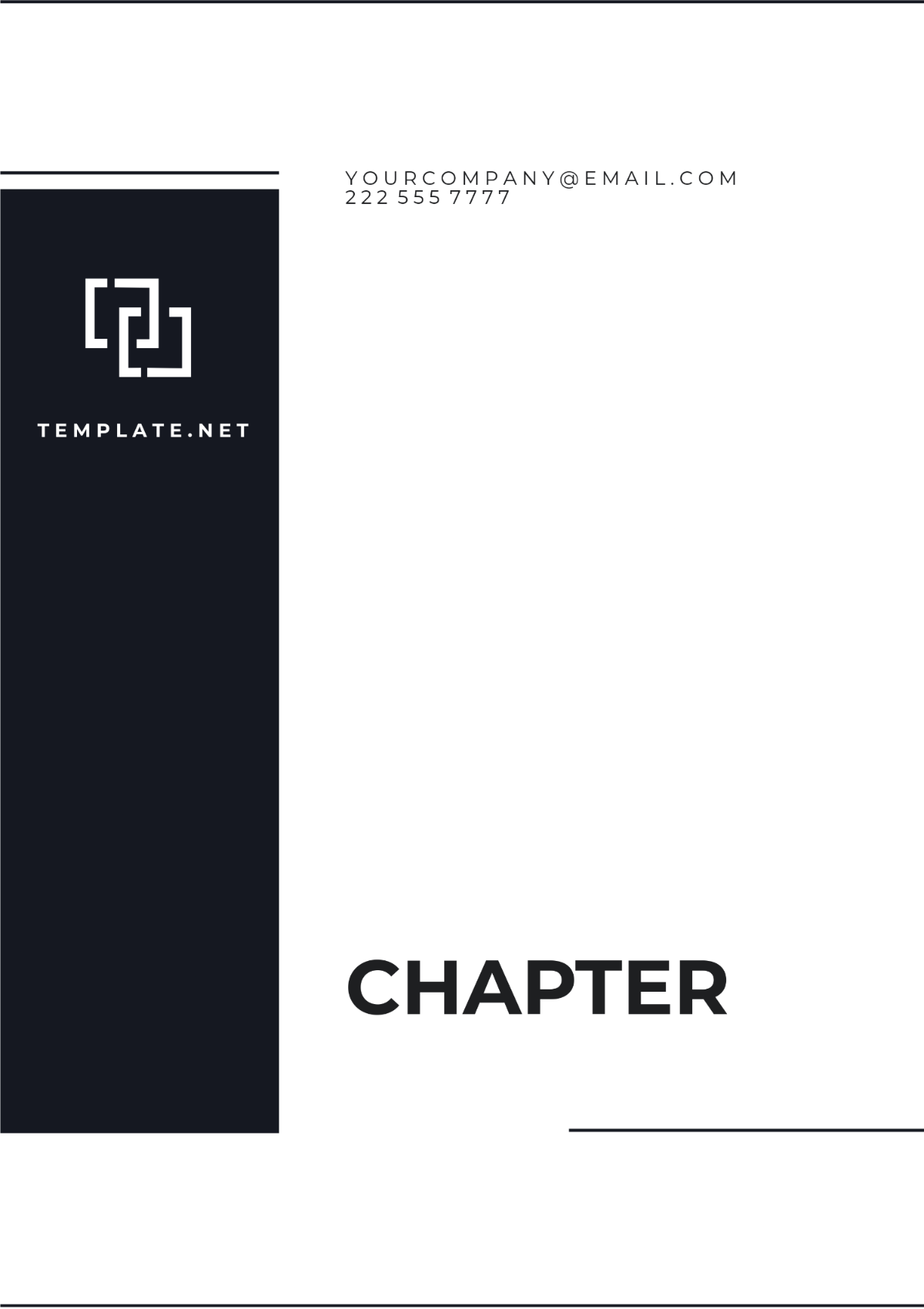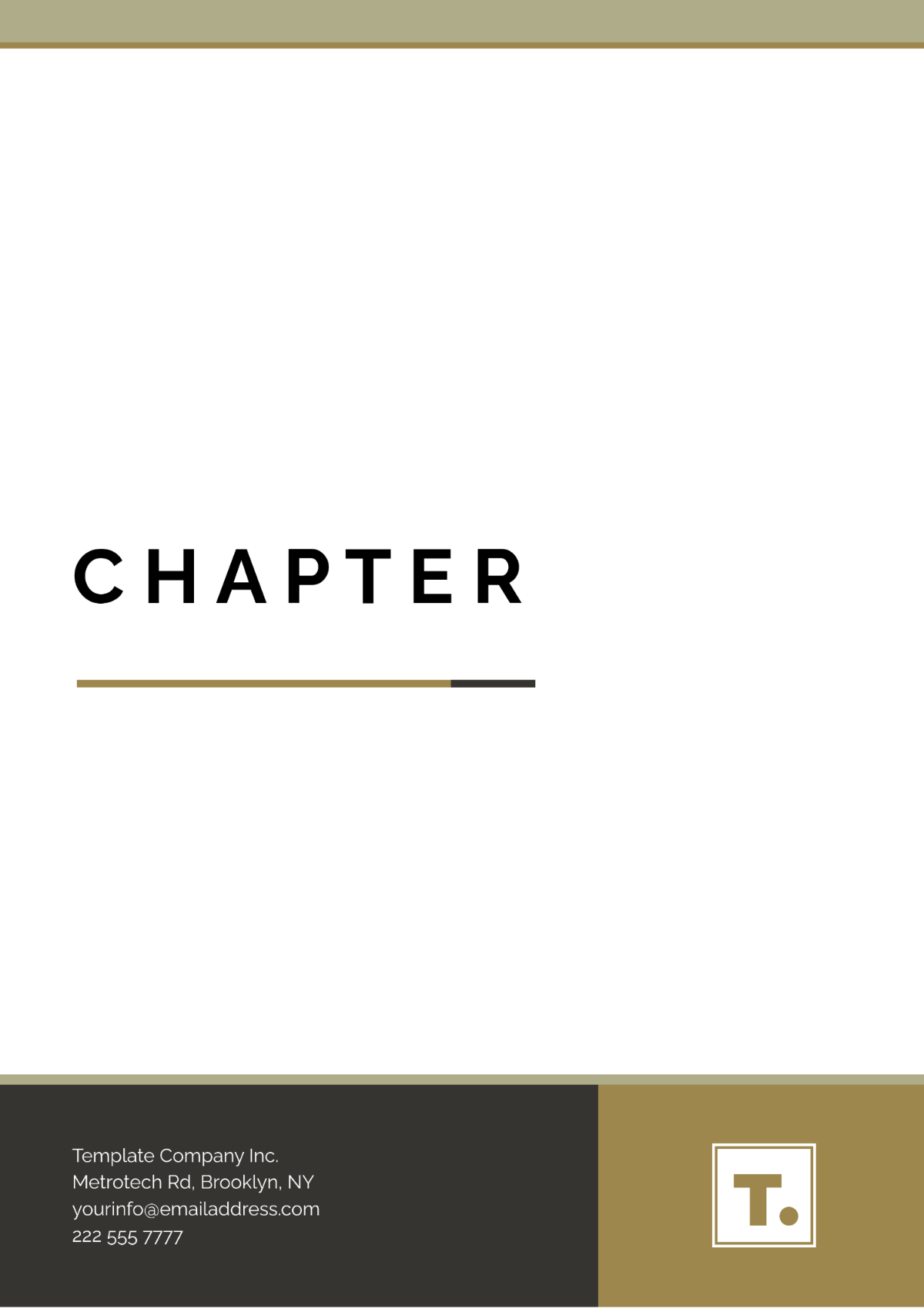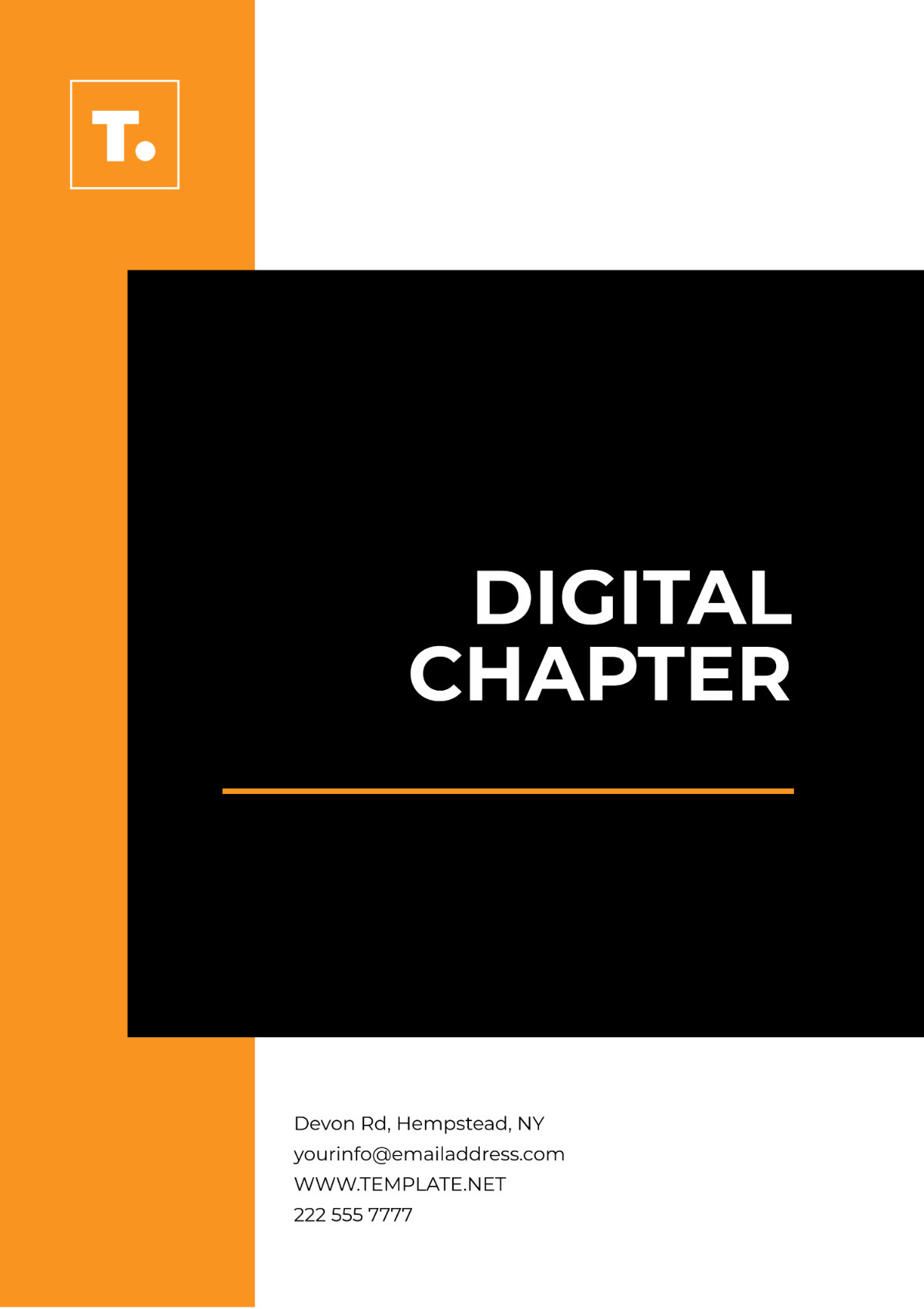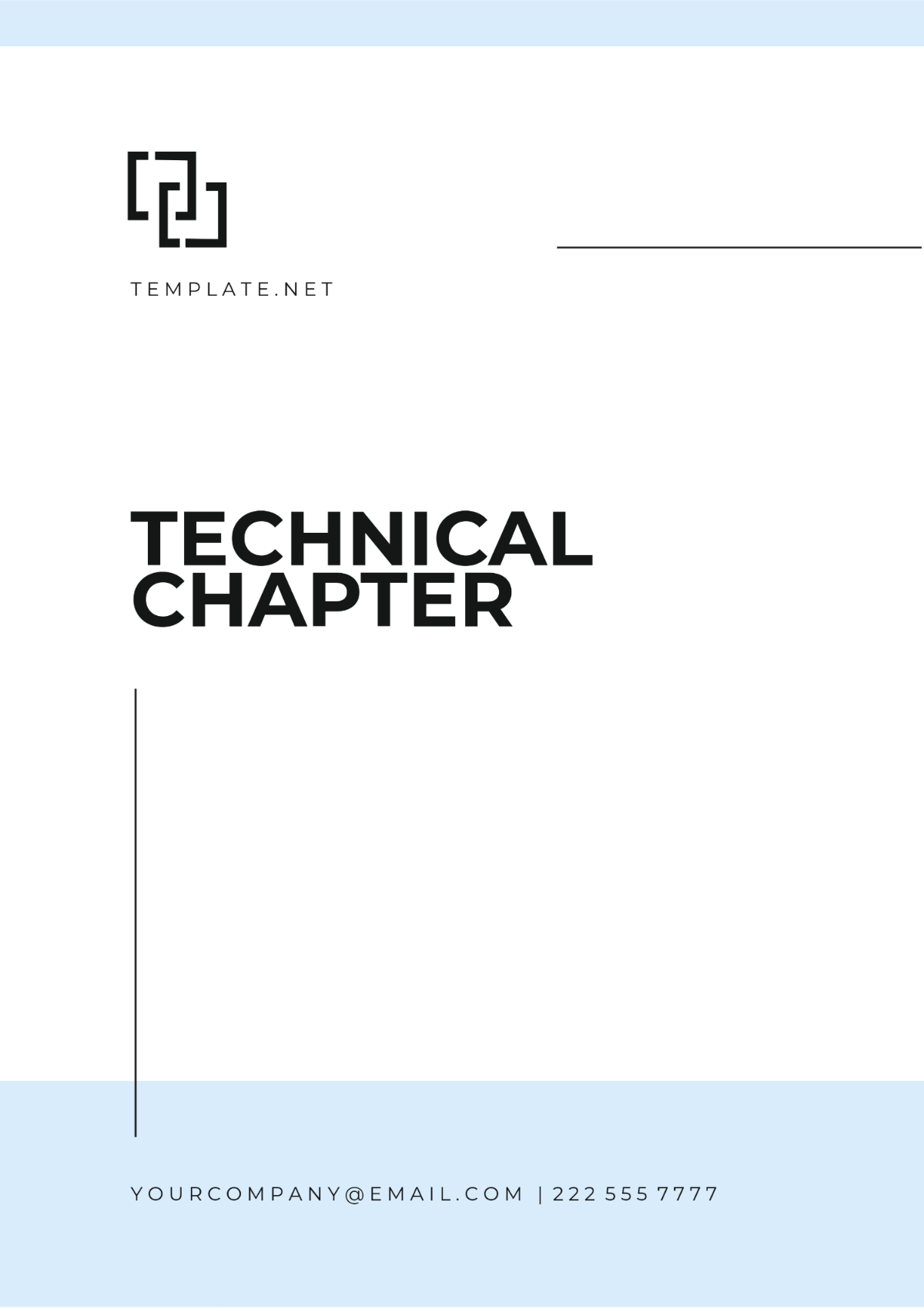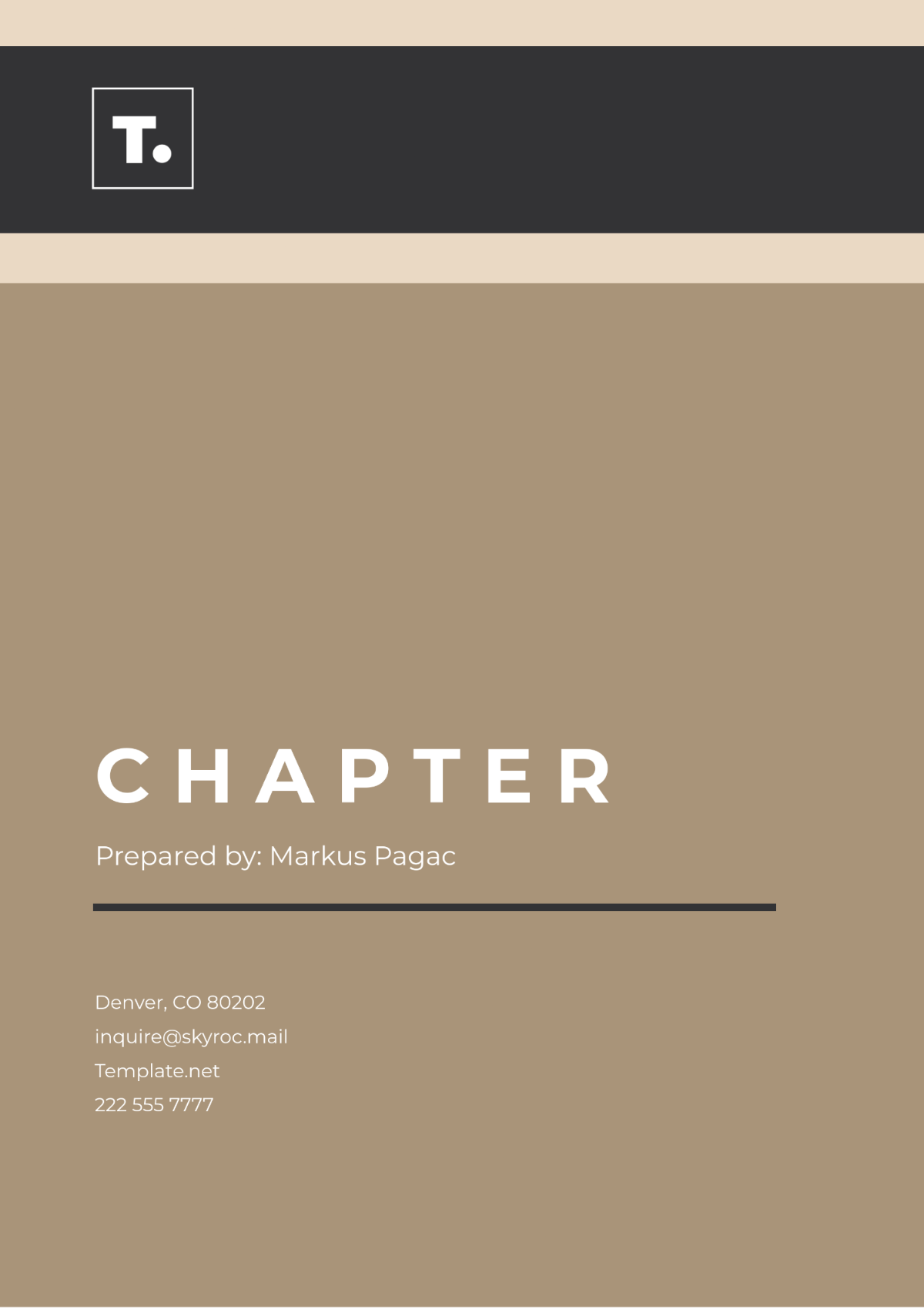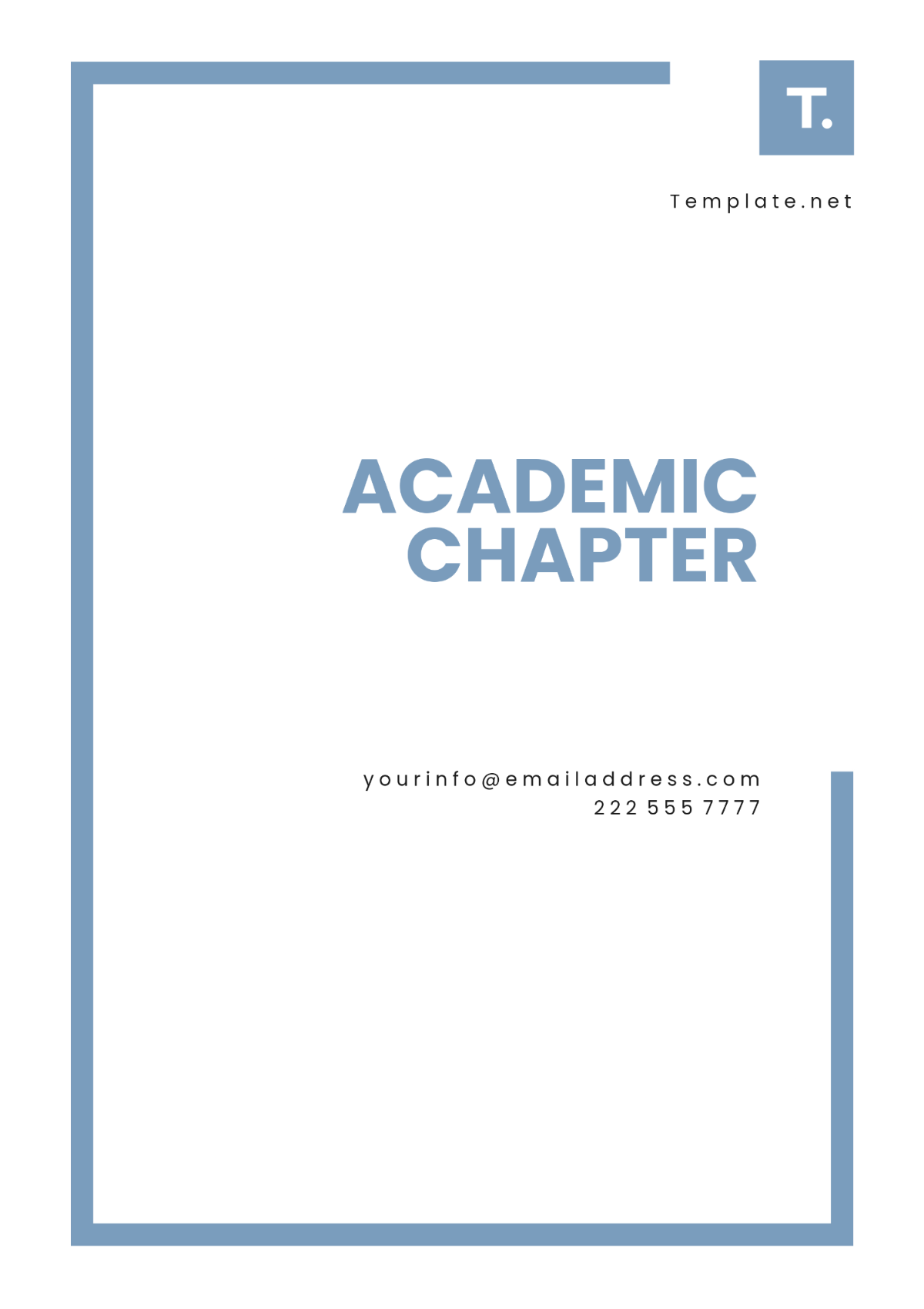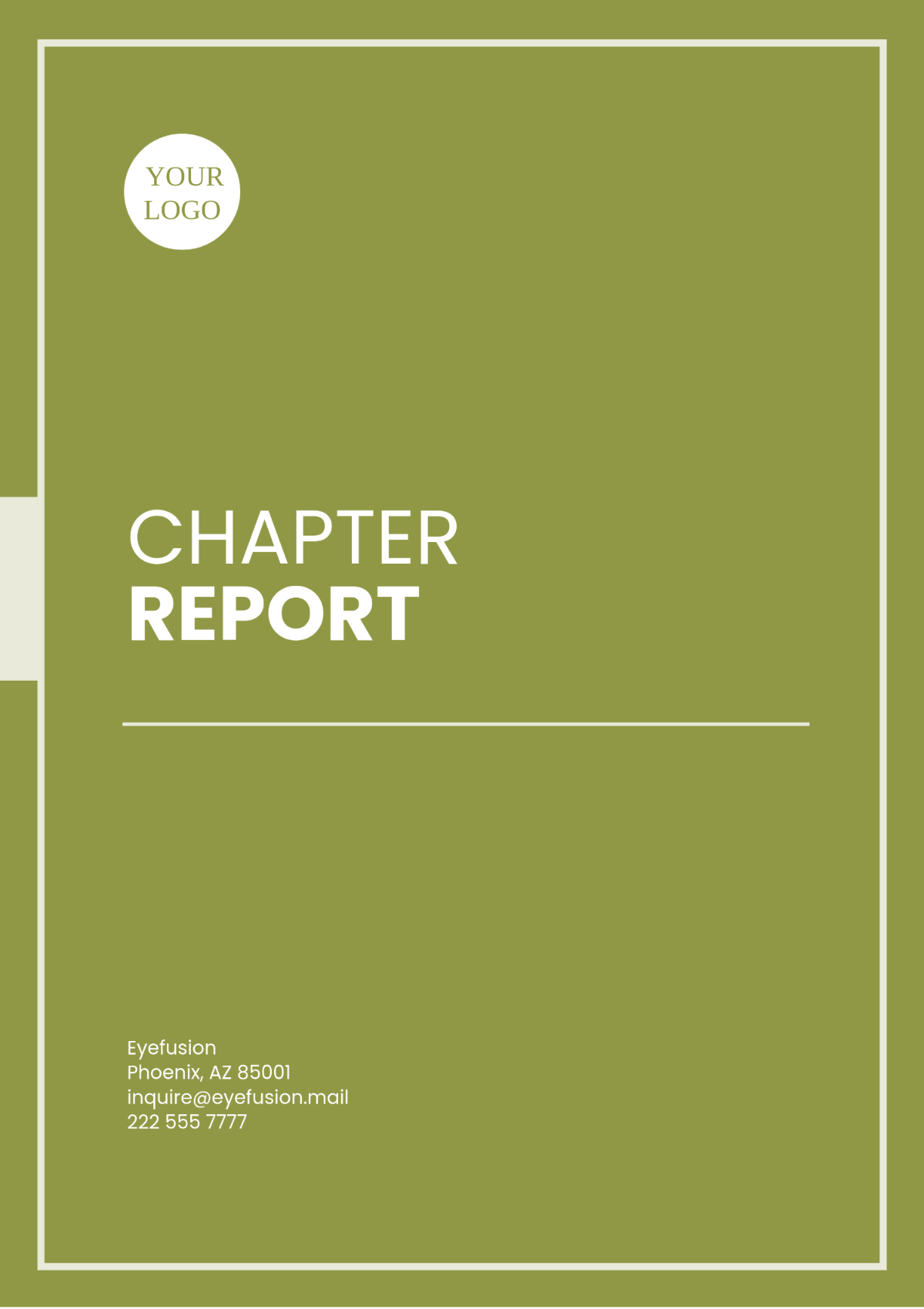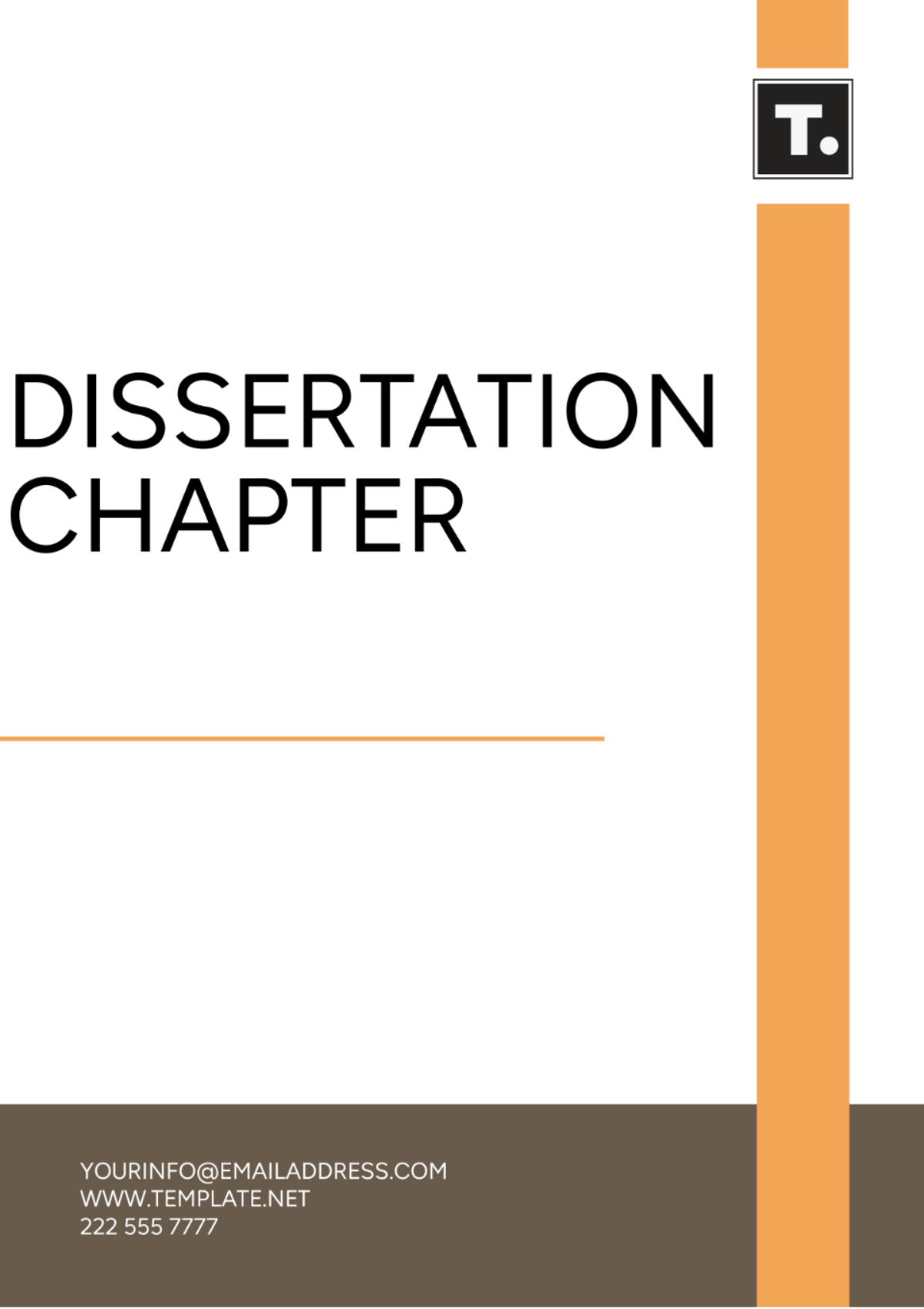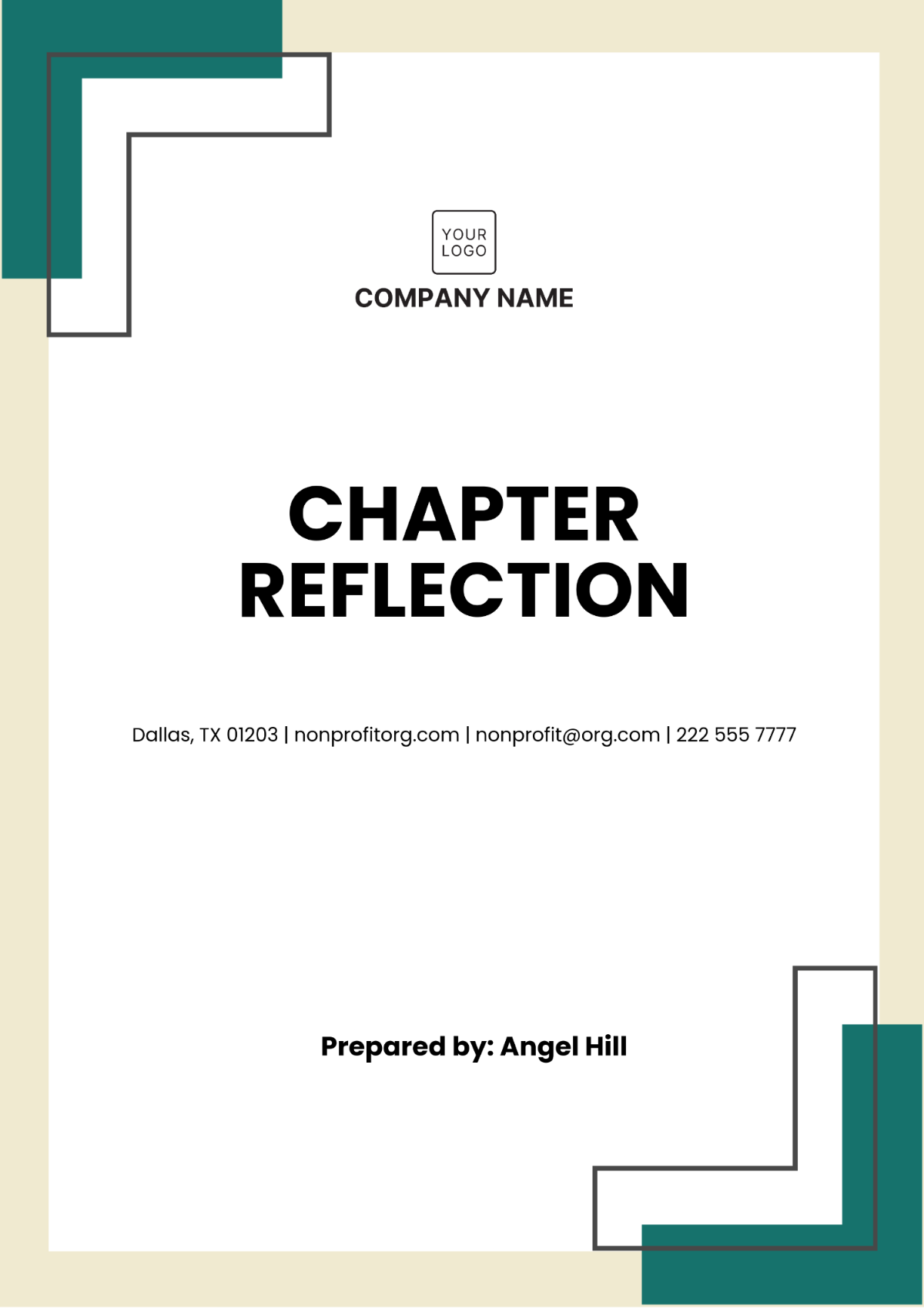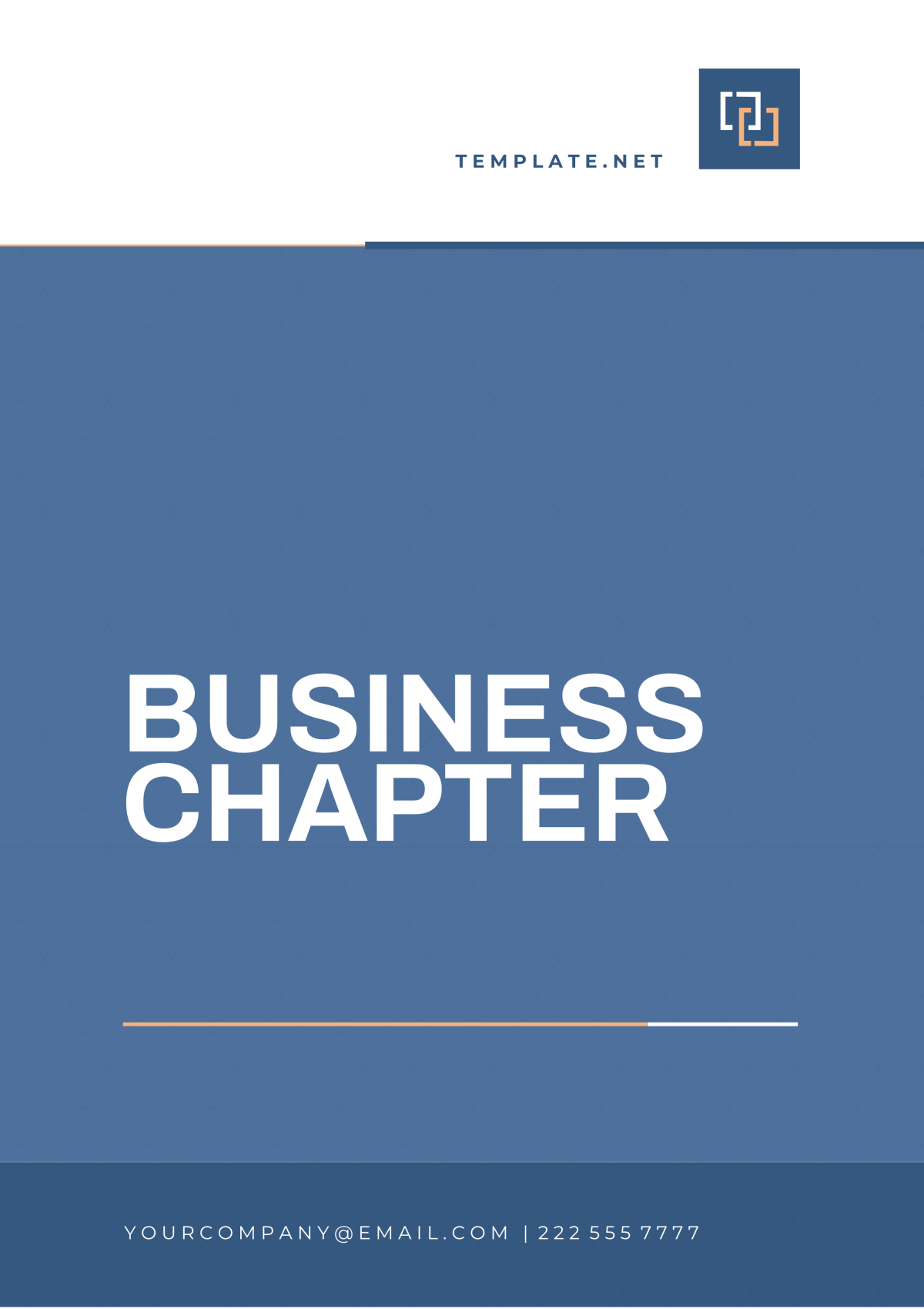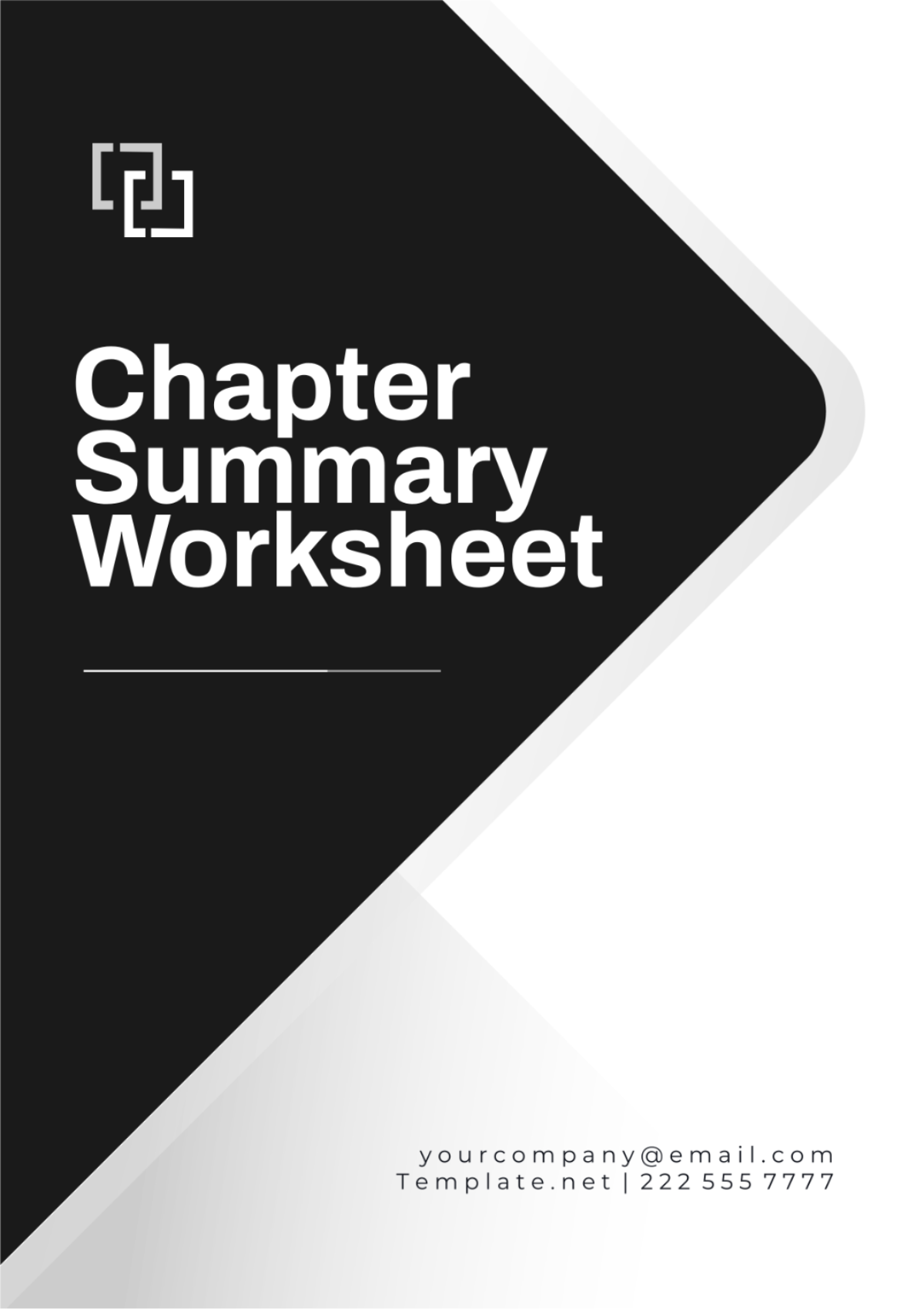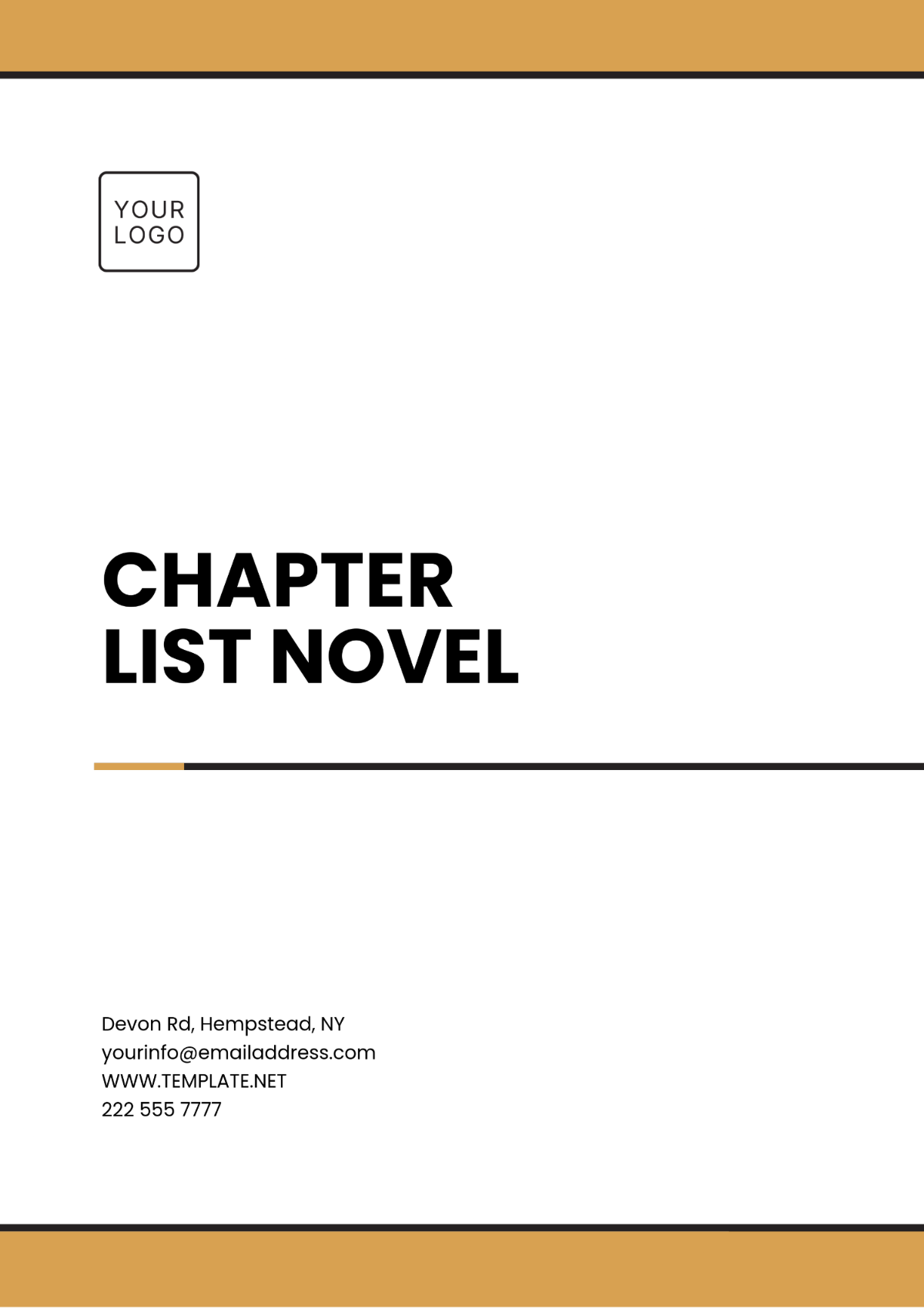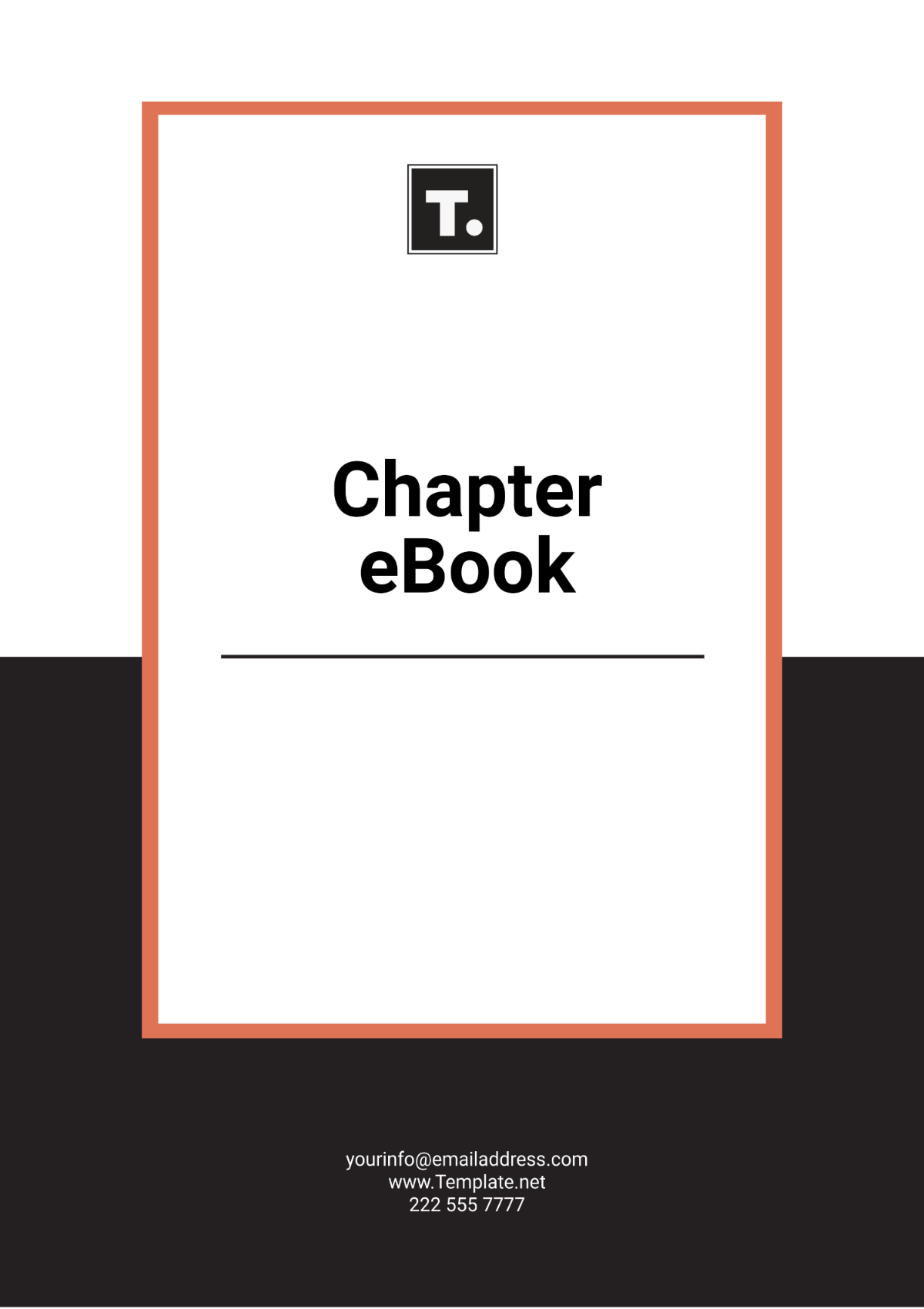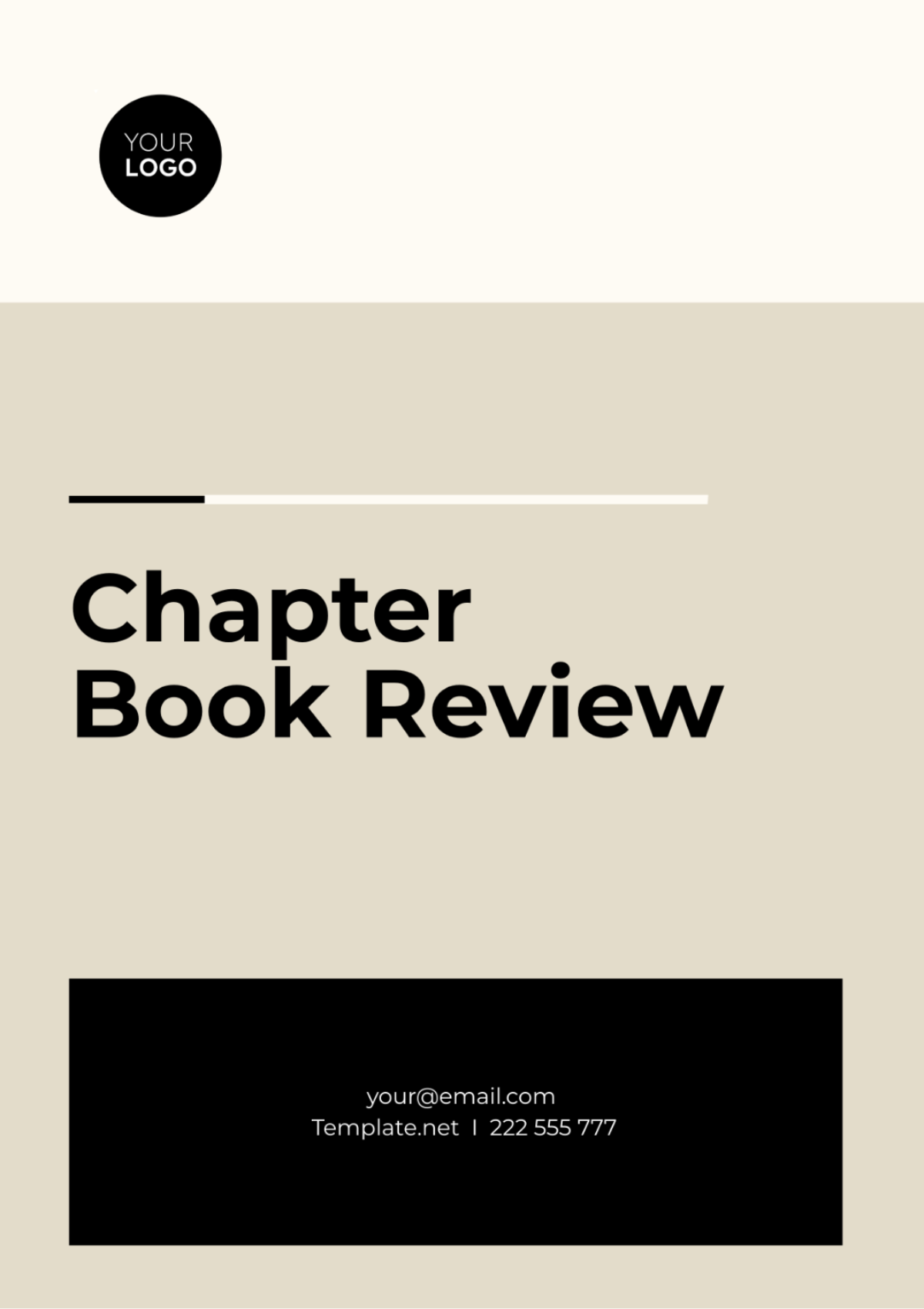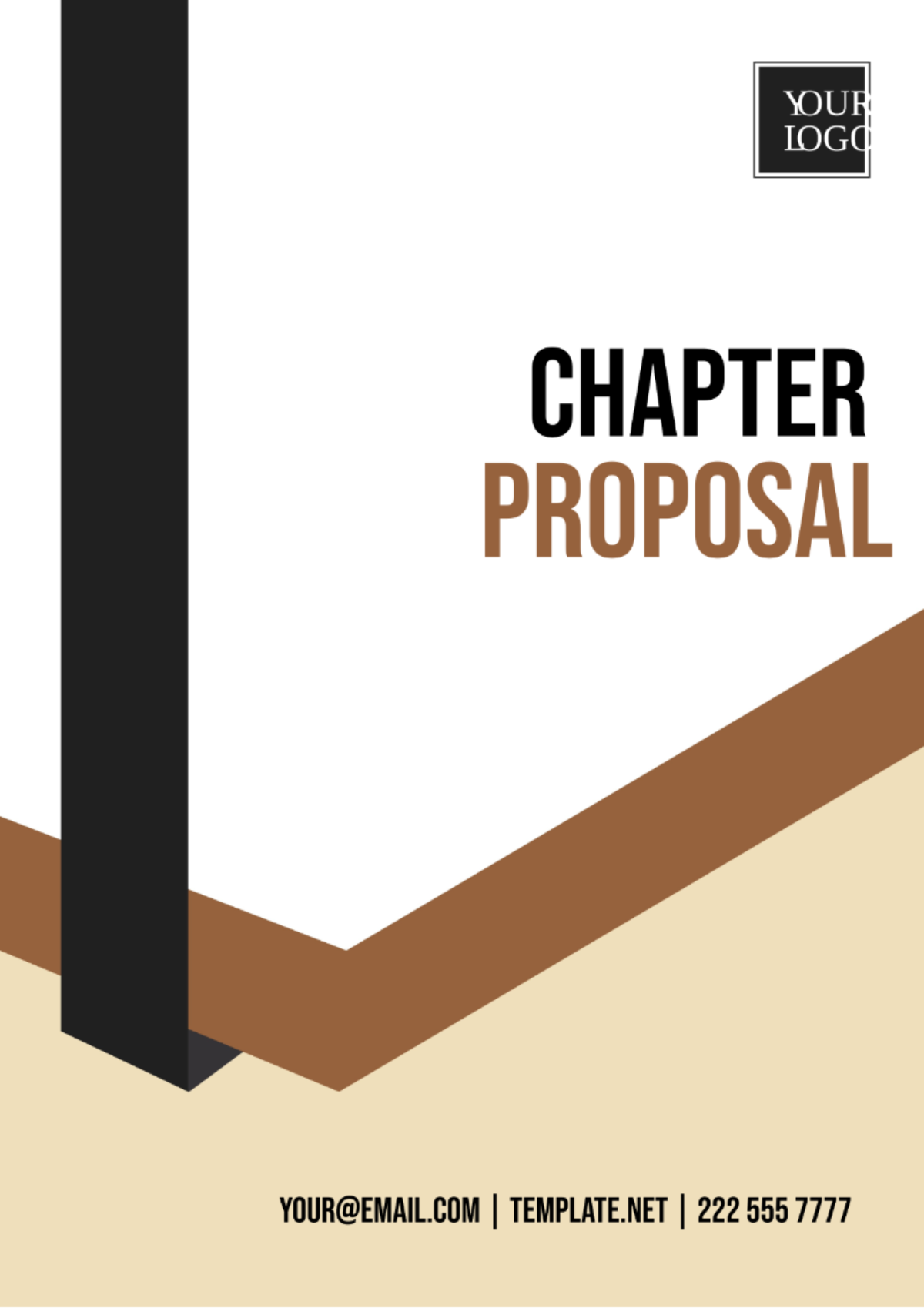Free Curriculum Development Chapter Outline Template
Curriculum Development Chapter Outline
Prepared By: [Your Name]
Chapter 1: Introduction to Curriculum Development
1.1 Definition and Importance
Definition: Curriculum development is the systematic process of planning, implementing, and evaluating educational programs. It involves defining what students should learn, how they will learn it, and how their learning will be assessed.
Importance: A well-designed curriculum ensures educational content is relevant, engaging, and aligned with academic standards. It provides a structured framework for instruction and assessment, promoting consistency and effectiveness in teaching.
1.2 Historical Perspectives
Early Models: The classical curriculum emphasized subjects like Latin and rhetoric. Over time, the focus expanded to include modern subjects such as science and technology.
Influential Theories: John Dewey’s progressive education theory emphasized experiential learning and critical thinking. Benjamin Bloom’s Taxonomy of Educational Objectives provided a framework for categorizing educational goals and assessment.
1.3 Curriculum Development Models
Traditional Models: Tyler’s Rationale emphasizes a systematic approach involving goals, content, organization, and evaluation. The Taba Model promotes a grassroots approach with substantial teacher input.
Contemporary Models: Constructivist models prioritize student-centered learning, emphasizing active engagement and critical thinking. Backward Design starts with defining desired outcomes and then planning instructional activities to achieve those outcomes.
Chapter 2: Understanding Learners
2.1 Learner Characteristics
Age and Developmental Stages: Understanding students’ cognitive, social, and emotional development helps tailor the curriculum to their needs. For example, Piaget’s stages of cognitive development offer insights into how children process information at different ages.
Learning Styles: Recognizing diverse learning styles—visual, auditory, kinesthetic, and reading/writing—can inform instructional strategies and material selection.
2.2 Needs Assessment
Methods for Gathering Data: Use surveys, interviews, focus groups, and diagnostic assessments to identify students' strengths, needs, and areas for improvement.
Example: An assessment might reveal that students struggle with specific math concepts, prompting a review and adjustment of the math curriculum.
2.3 Diversity and Inclusion
Addressing Diverse Needs: Design a curriculum that reflects diverse cultural, linguistic, and socioeconomic backgrounds. This approach fosters an inclusive learning environment and addresses the needs of all students.
Example: Integrate multicultural perspectives into literature and history units to reflect diverse experiences and viewpoints.
Chapter 3: Setting Goals and Objectives
3.1 Writing Educational Goals
Characteristics of Effective Goals: Goals should be clear, specific, and aligned with educational standards. They should provide direction and purpose for the curriculum.
Example: “Students will understand the principles of physics by engaging in hands-on experiments and analyzing experimental data.”
3.2 Developing Learning Objectives
SMART Objectives:
Specific: Clearly define what students are expected to achieve.
Measurable: Determine how progress will be assessed.
Achievable: Ensure objectives are realistic and attainable.
Relevant: Align with educational standards and student needs.
Time-bound: Set deadlines for achieving the objectives.
Example: “By the end of the unit, students will be able to solve quadratic equations with 85% accuracy on a standardized test.”
Chapter 4: Designing the Curriculum
4.1 Content Selection
Criteria for Selection: Choose content based on relevance to educational standards, student interest, and real-world application. Ensure that content is accurate and up-to-date.
Example: For a history unit on the American Revolution, include key events, influential figures, and the socio-political impact of the era.
4.2 Structuring the Curriculum
Scope and Sequence: Develop a detailed outline of what will be taught and the order of instruction. Scope refers to the breadth of content, while sequence refers to the logical progression of topics.
Example: Begin a science curriculum with fundamental concepts in biology before advancing to more complex topics such as genetics and ecology.
4.3 Instructional Materials and Resources
Choosing Materials: Select textbooks, digital resources, and hands-on materials that enhance learning and are aligned with curriculum goals.
Example: Integrate interactive simulations and virtual labs in a physics curriculum to complement traditional textbook learning.
Chapter 5: Teaching Strategies and Methods
5.1 Instructional Approaches
Direct Instruction: Lessons that are guided by the teacher, featuring well-organized content and specific, clearly defined learning objectives.
Inquiry-Based Learning: Encourages students to explore questions and conduct investigations to discover answers.
Project-Based Learning: Students engage in extended projects that require problem-solving and application of knowledge to real-world challenges.
5.2 Differentiated Instruction
Tailoring Instruction: Adapt teaching methods, materials, and assessments to meet the diverse needs of learners.
Example: Use tiered assignments to provide different levels of challenge and support for varying skill levels in the classroom.
5.3 Assessment and Evaluation
Formative Assessments: Regular assessments to monitor and support student learning throughout the instructional period (e.g., quizzes, class discussions).
Summative Assessments: Comprehensive evaluations are conducted at the end of an instructional period to measure overall student achievement (e.g., final exams, major projects).
Chapter 6: Implementation and Delivery
6.1 Preparing for Implementation
Teacher Preparation: Train educators on new curriculum components and instructional strategies. Provide resources and support for effective implementation.
Classroom Management: Establish procedures and guidelines to create a conducive learning environment, including behavior management and student engagement techniques.
6.2 Monitoring and Adjusting
Gathering Feedback: Collect and analyze feedback from students, parents, and teachers to assess the effectiveness of the curriculum.
Example: Use mid-course evaluations to identify areas for improvement and make necessary adjustments to enhance student learning.
6.3 Professional Development
Continuous Improvement: Offer ongoing training and development opportunities for educators to stay current with educational practices and innovations.
Example: Organize workshops on new teaching technologies or pedagogical strategies to support teachers in their professional growth.
Chapter 7: Evaluation and Improvement
7.1 Curriculum Evaluation
Evaluation Methods: Utilize surveys, focus groups, and performance data to assess the effectiveness of the curriculum. Analyze student outcomes and feedback to determine the curriculum's impact.
Example: Review standardized test scores and student performance data to evaluate whether curriculum goals are being met.
7.2 Revising the Curriculum
Revisions Process: Based on evaluation findings, make iterative changes to improve curriculum content and instructional methods. Incorporate new research and best practices.
Example: Update science experiments to include recent scientific advancements and methodologies.
7.3 Future Trends in Curriculum Development
Emerging Trends: Explore trends such as technology integration, personalized learning, and competency-based education. Consider how these trends can be incorporated into curriculum design.
Example: Implement adaptive learning technologies that provide personalized learning experiences based on individual student performance.
Chapter 8: Case Studies and Practical Examples
8.1 Case Studies
Successful Examples: Analyze case studies of successful curriculum implementations, highlighting key strategies, challenges, and outcomes.
Lessons Learned: Extract valuable lessons from both successful and unsuccessful implementations to inform future curriculum development efforts.
8.2 Practical Application
Exercises: Engage educators in hands-on activities to apply curriculum design concepts, such as developing a unit plan or creating assessment tools.
Sample Curriculum: Provide a detailed example of a curriculum unit, including objectives, instructional activities, and assessment methods.
Chapter 9: Conclusion
9.1 Summary of Key Points
Recap: Review the major concepts and insights covered in the chapter, emphasizing the importance of a well-developed curriculum for educational success.
9.2 Final Thoughts
Future Outlook: Encourage educators to stay informed about evolving curriculum design trends and continuously seek improvement. Emphasize the importance of adaptability and ongoing professional development.
Encouragement: Motivate educators to embrace the dynamic nature of curriculum development and strive to create meaningful and effective learning experiences for their students.
